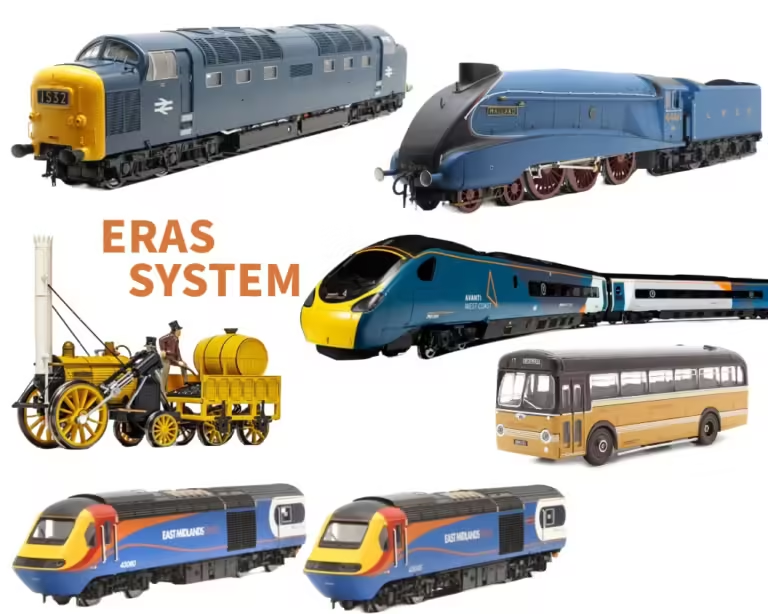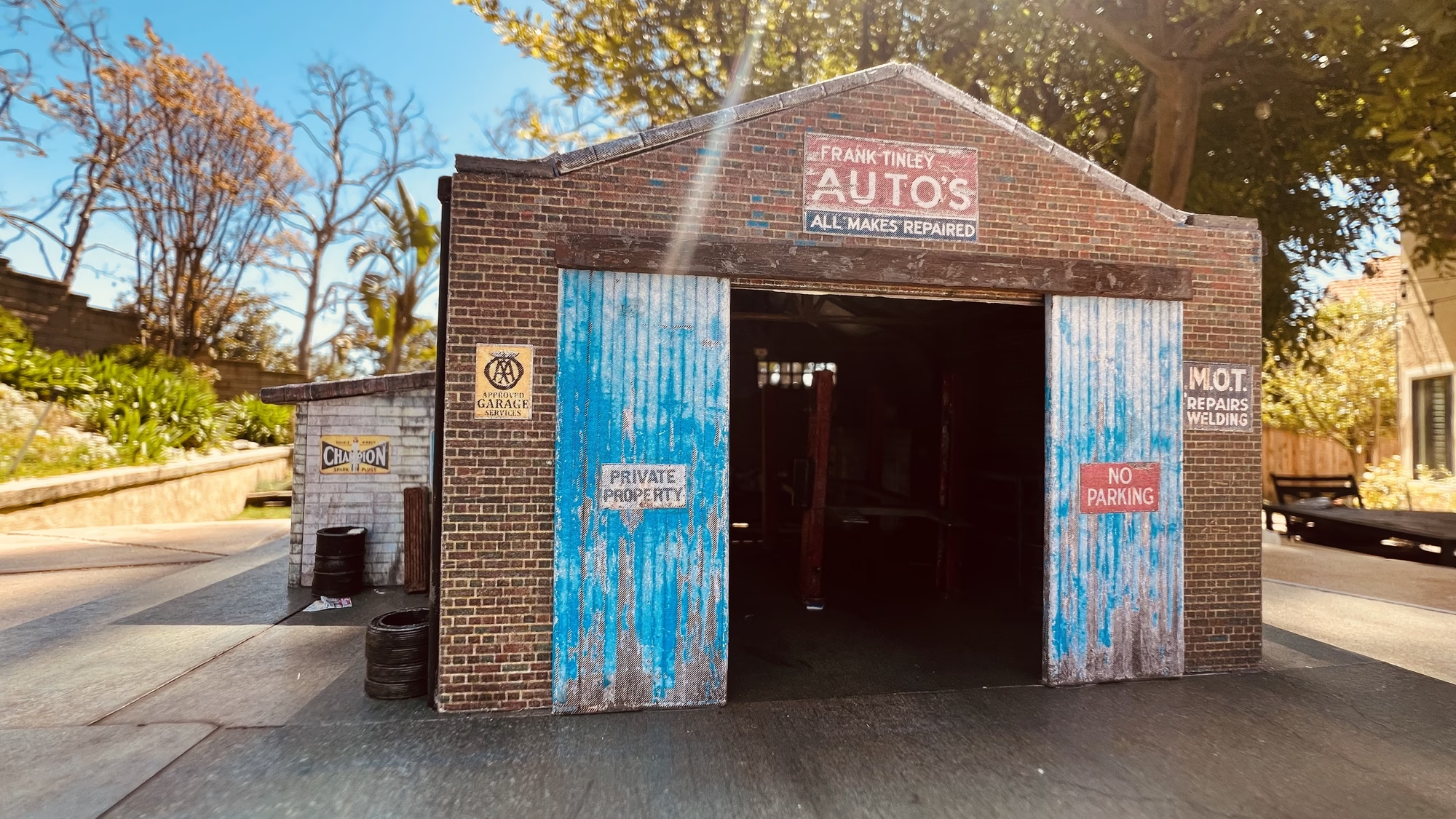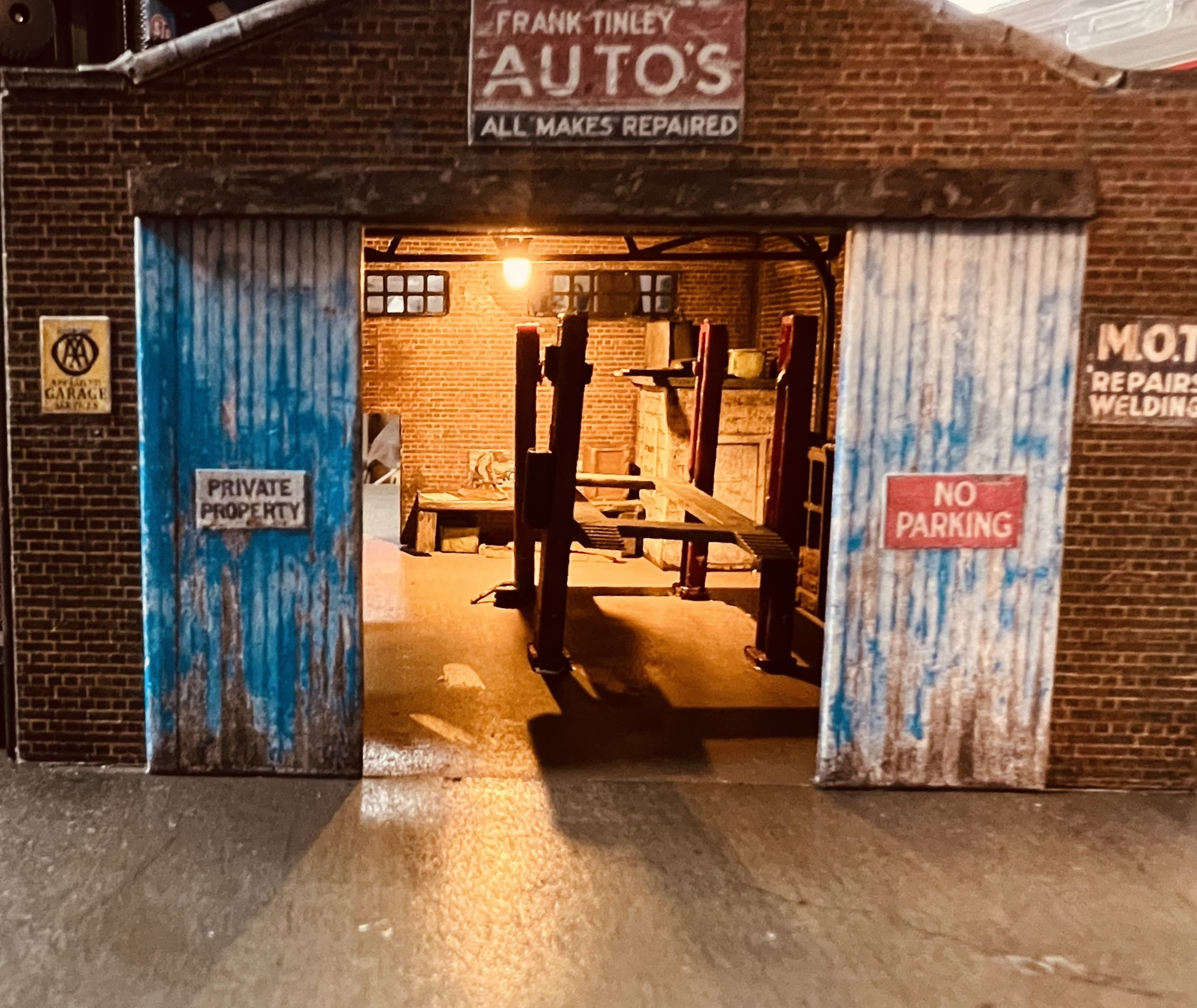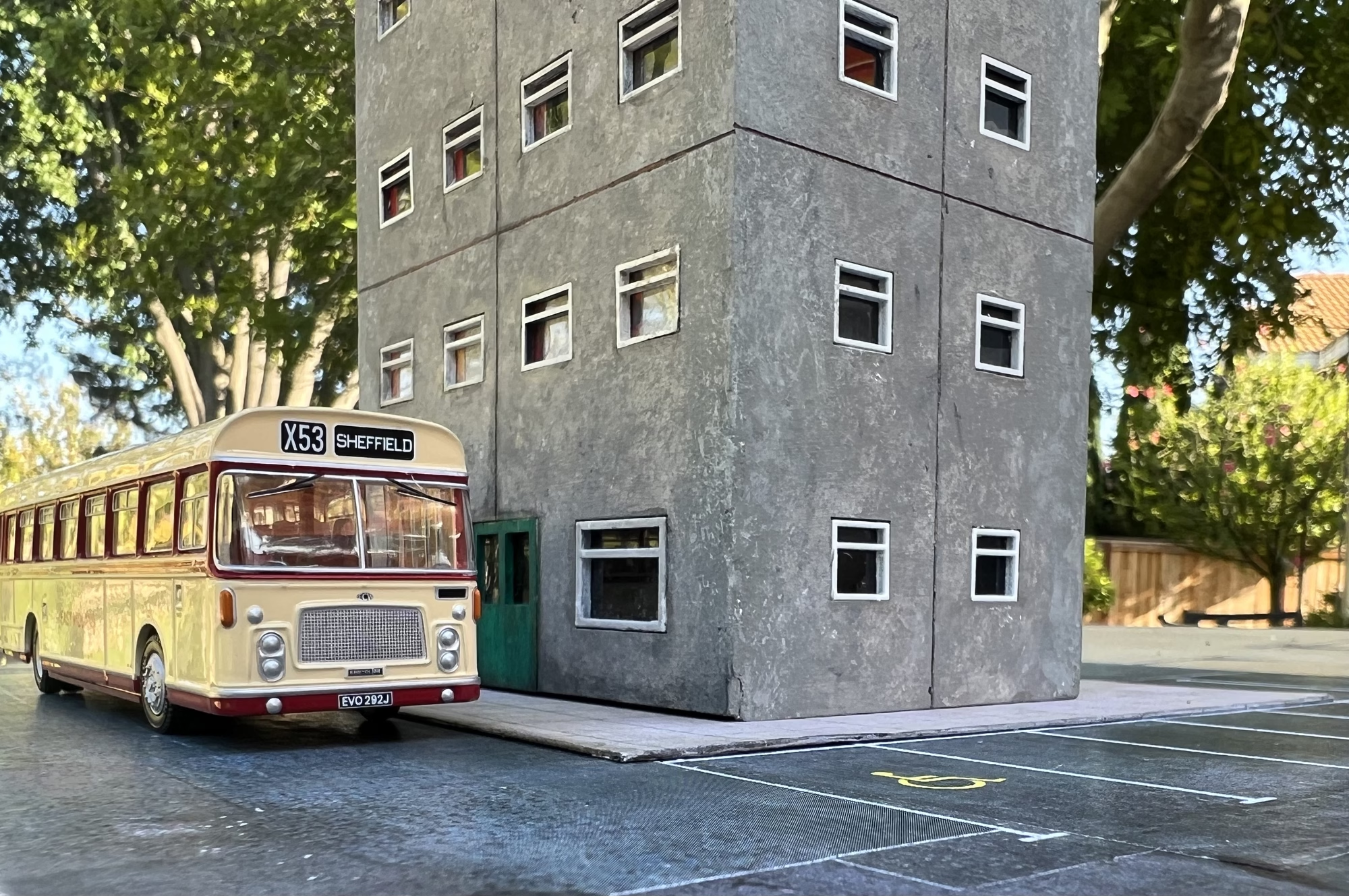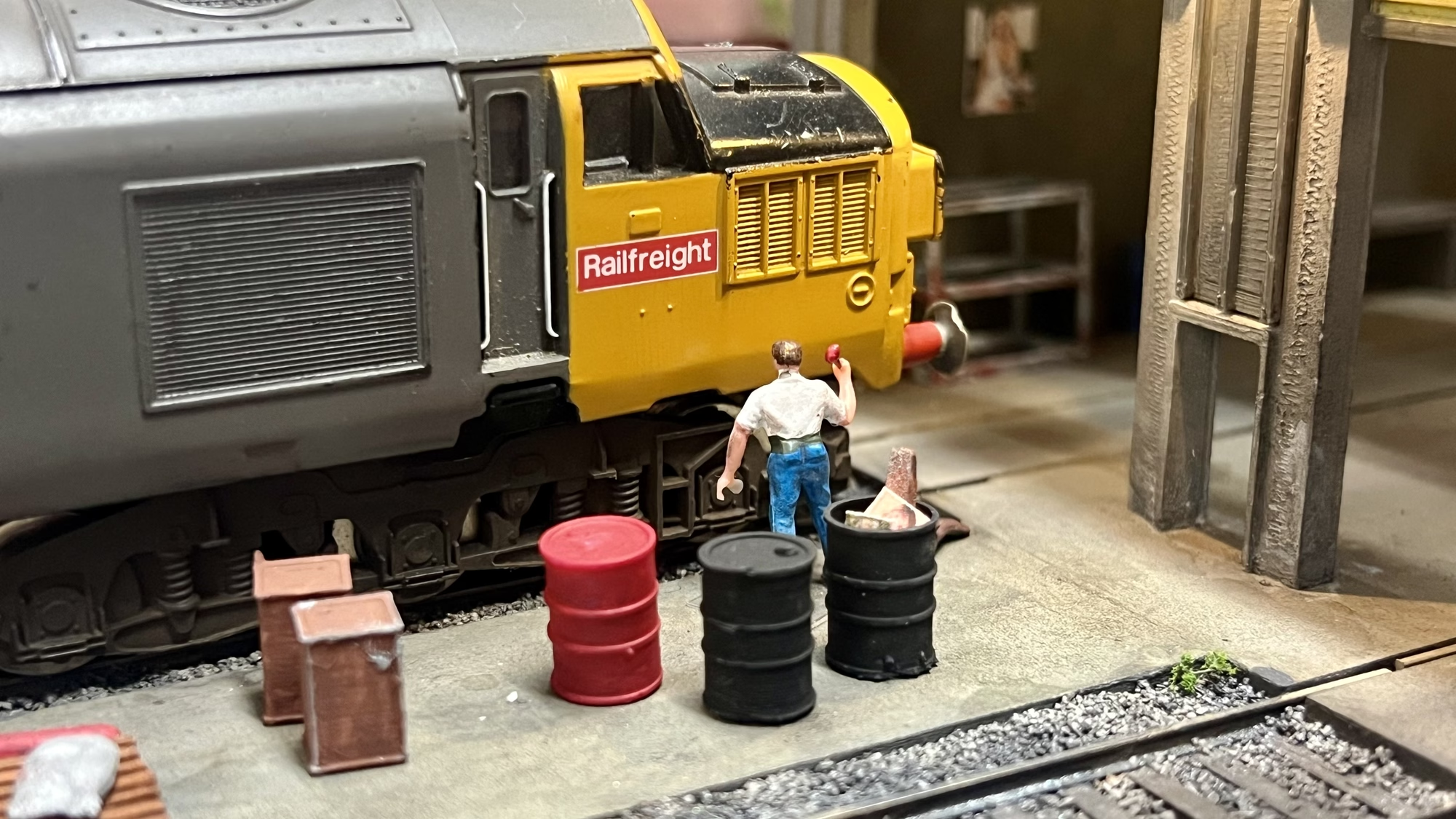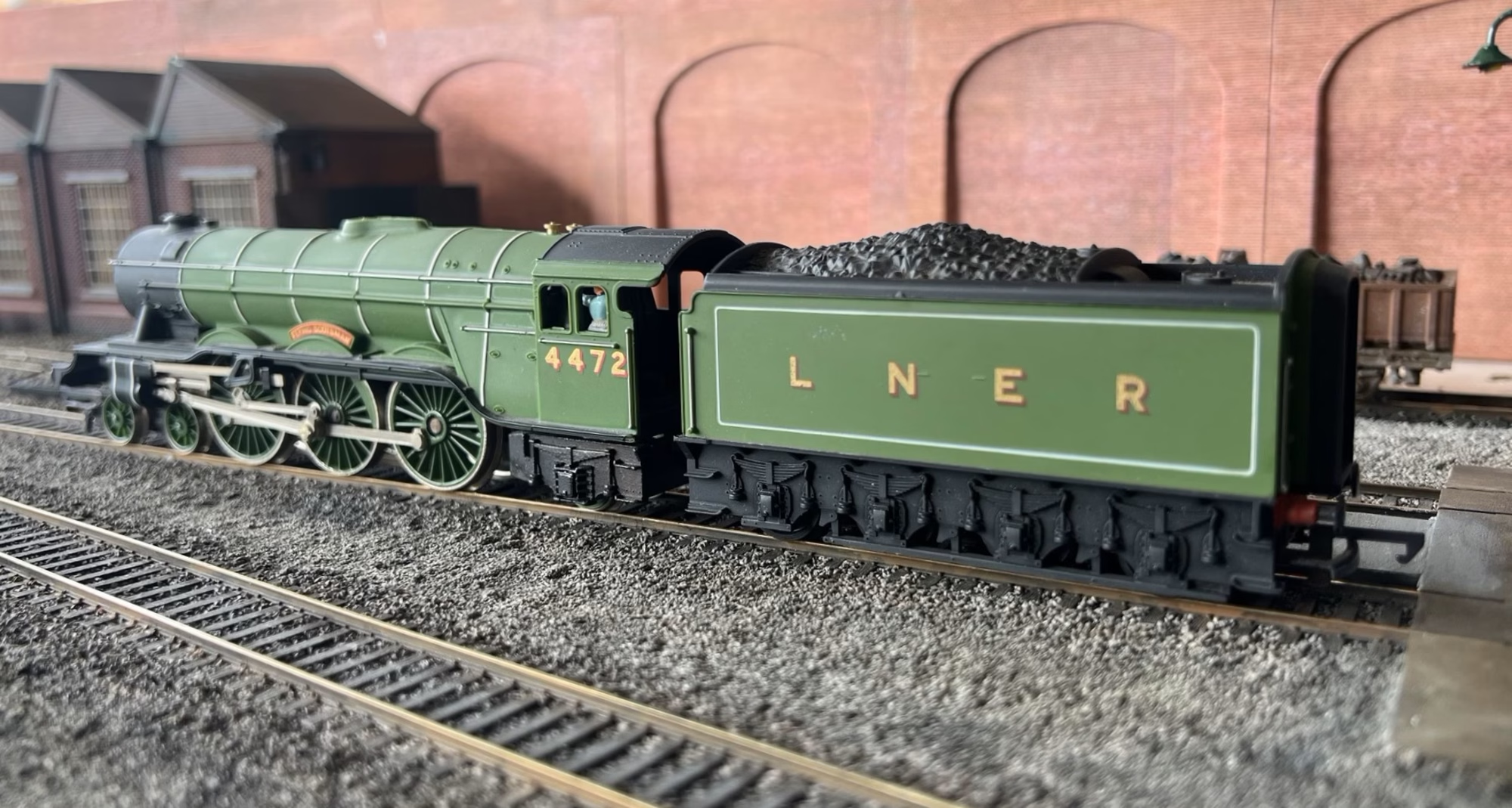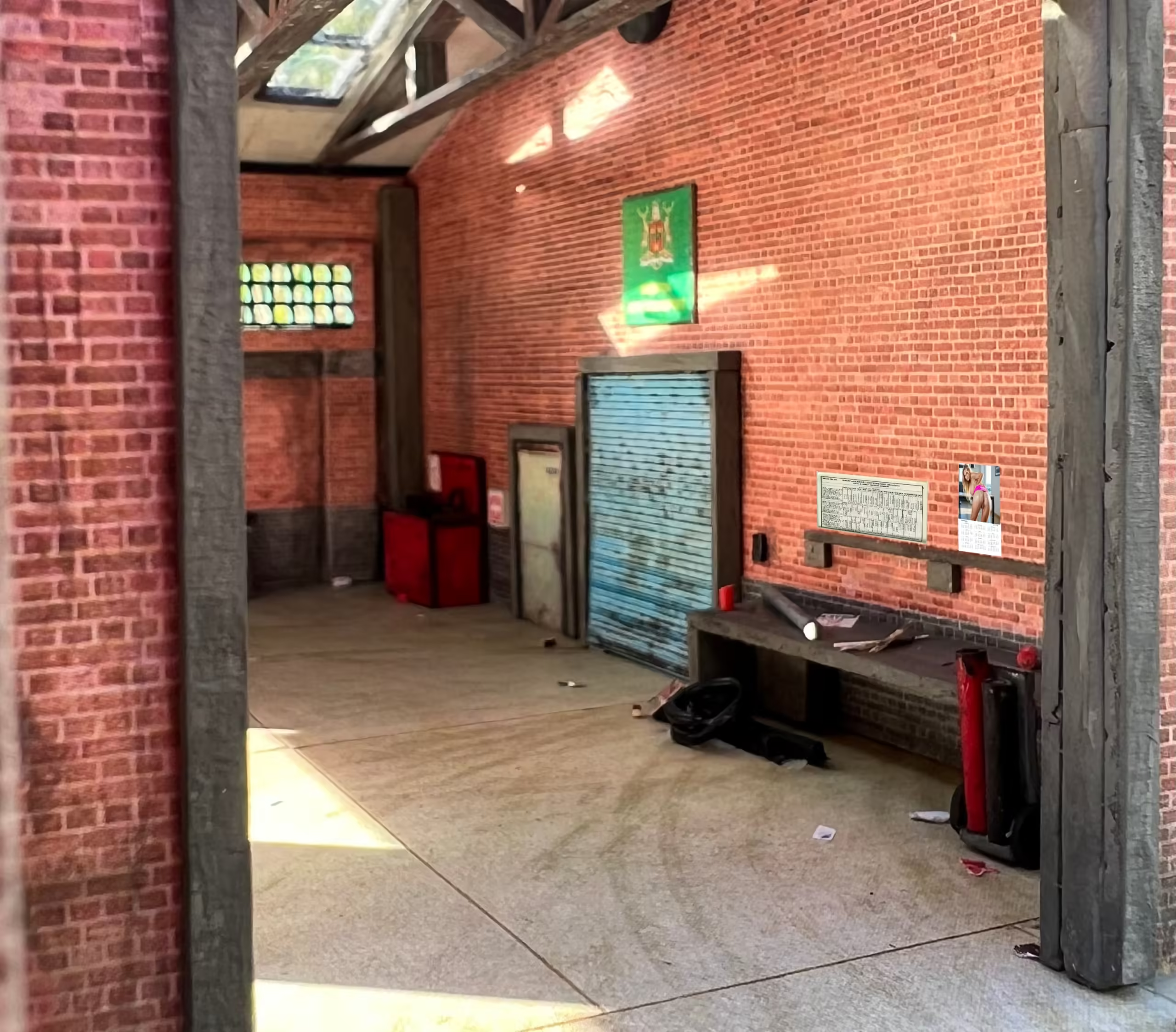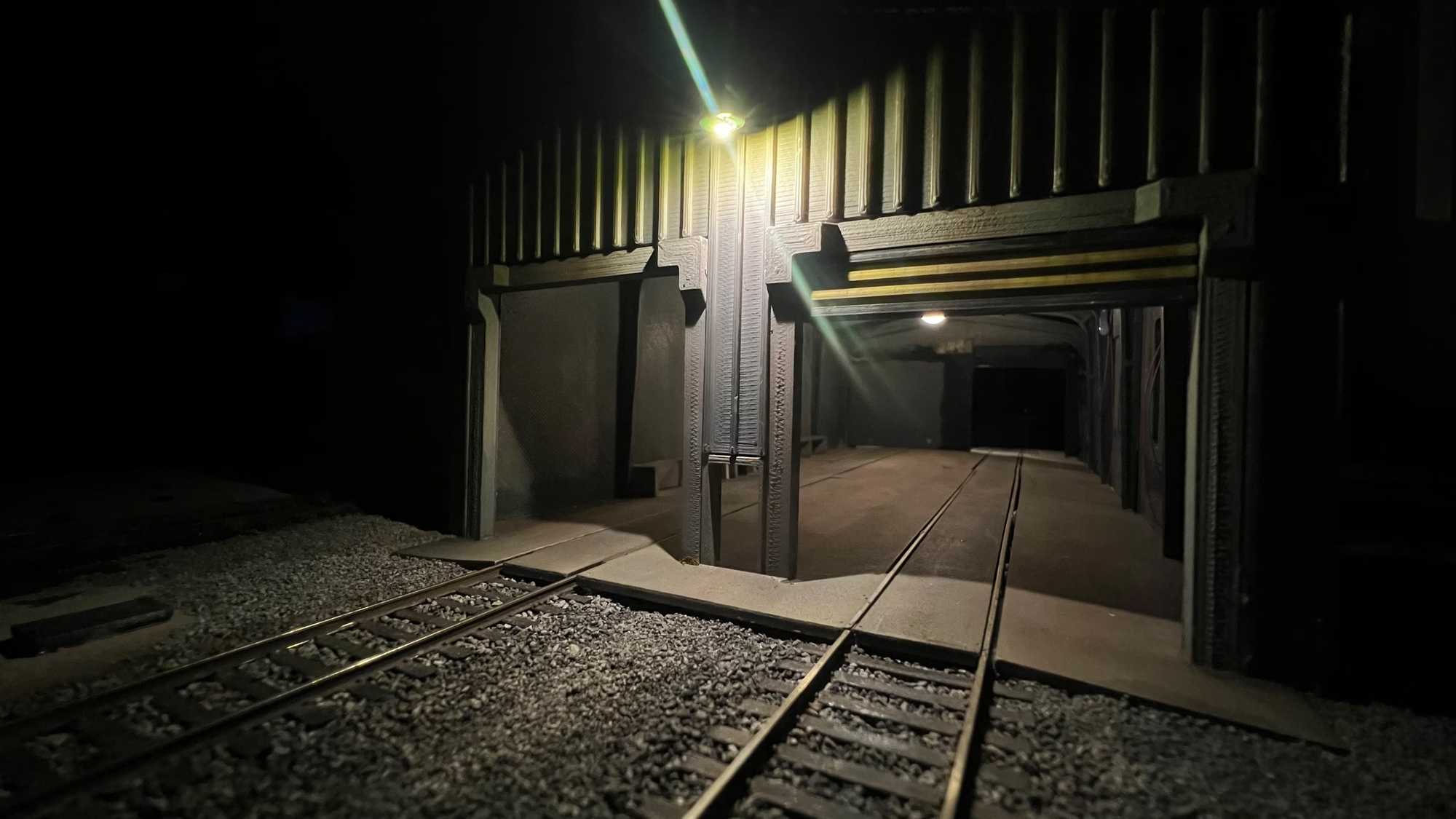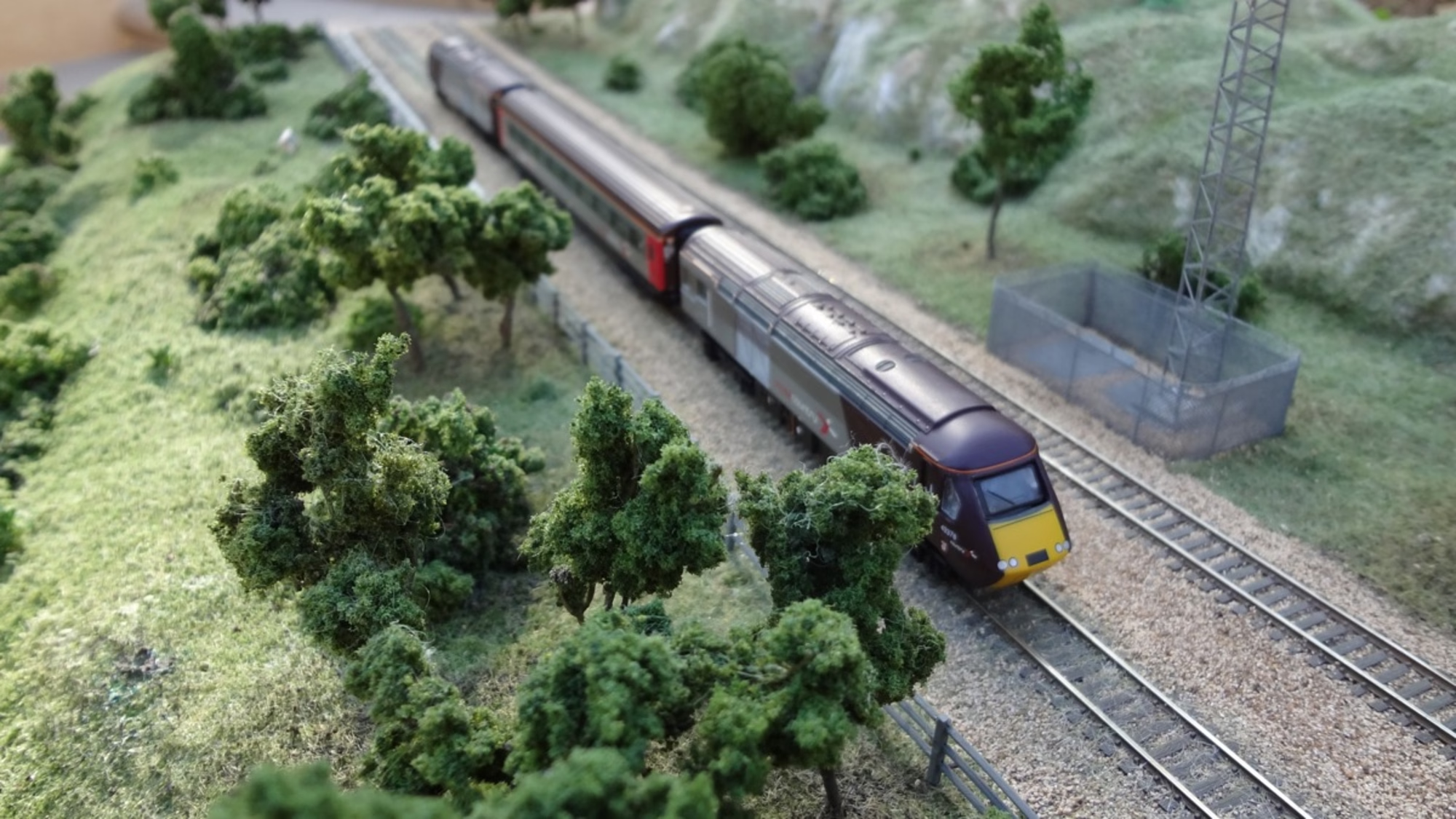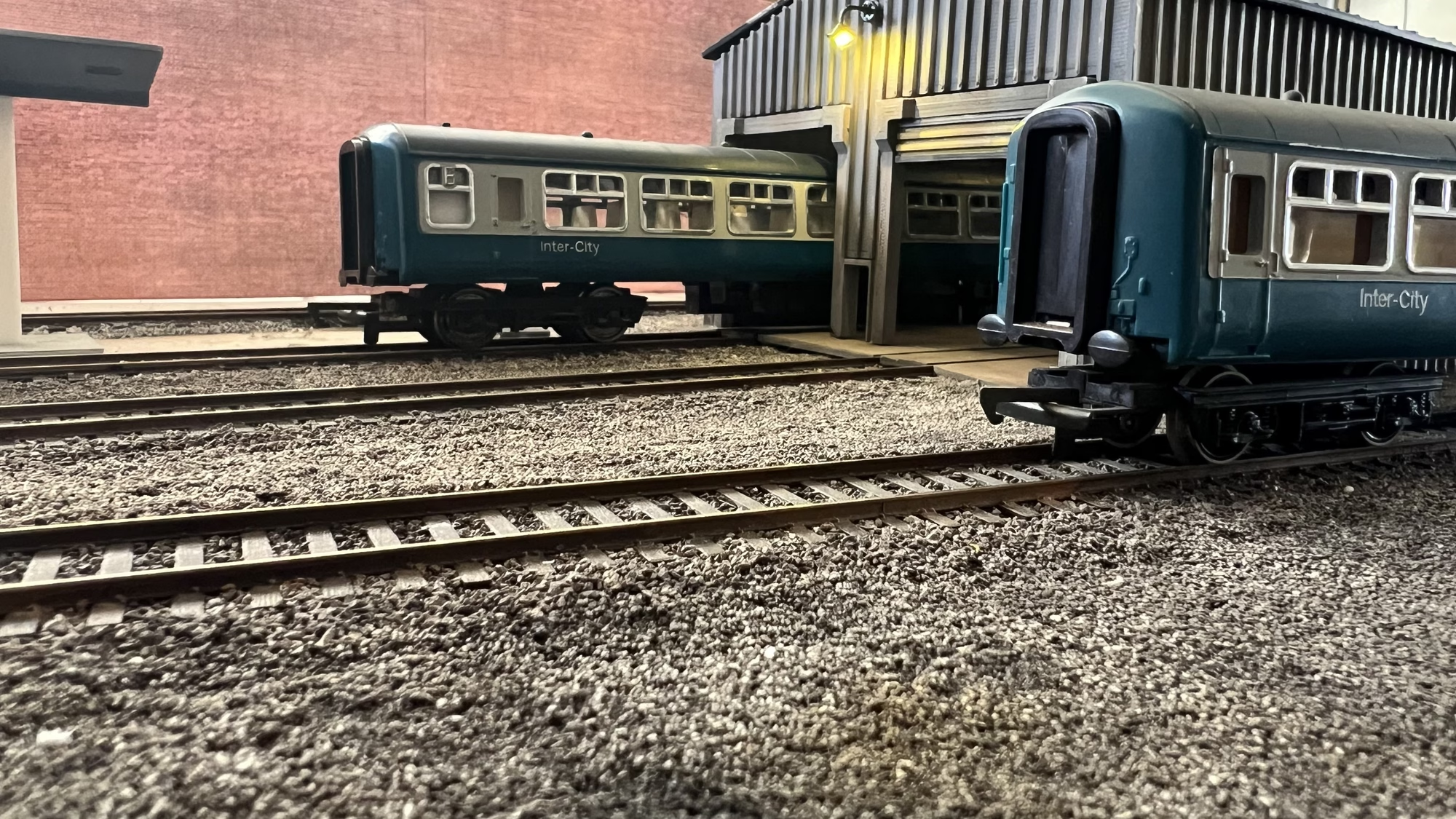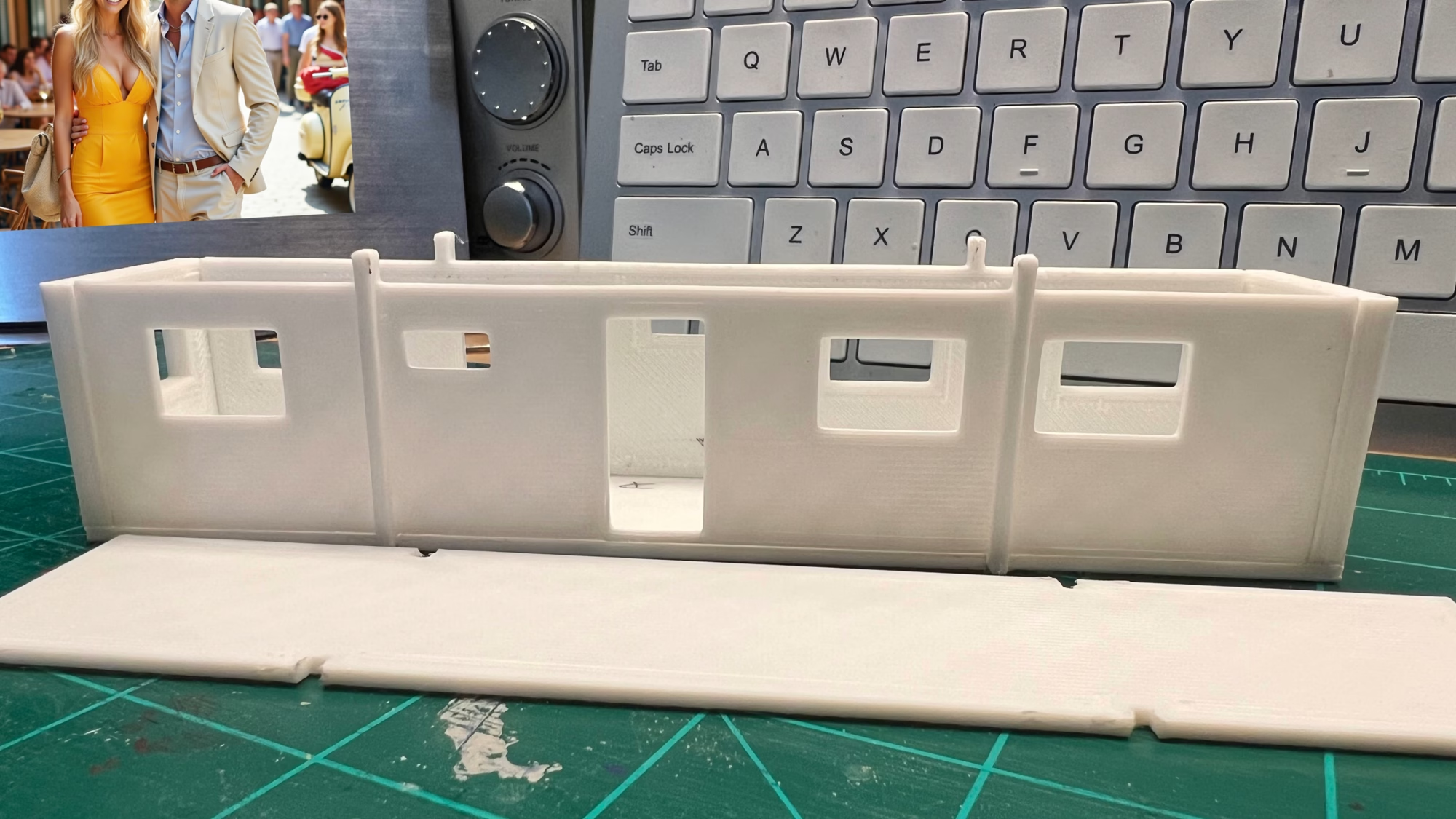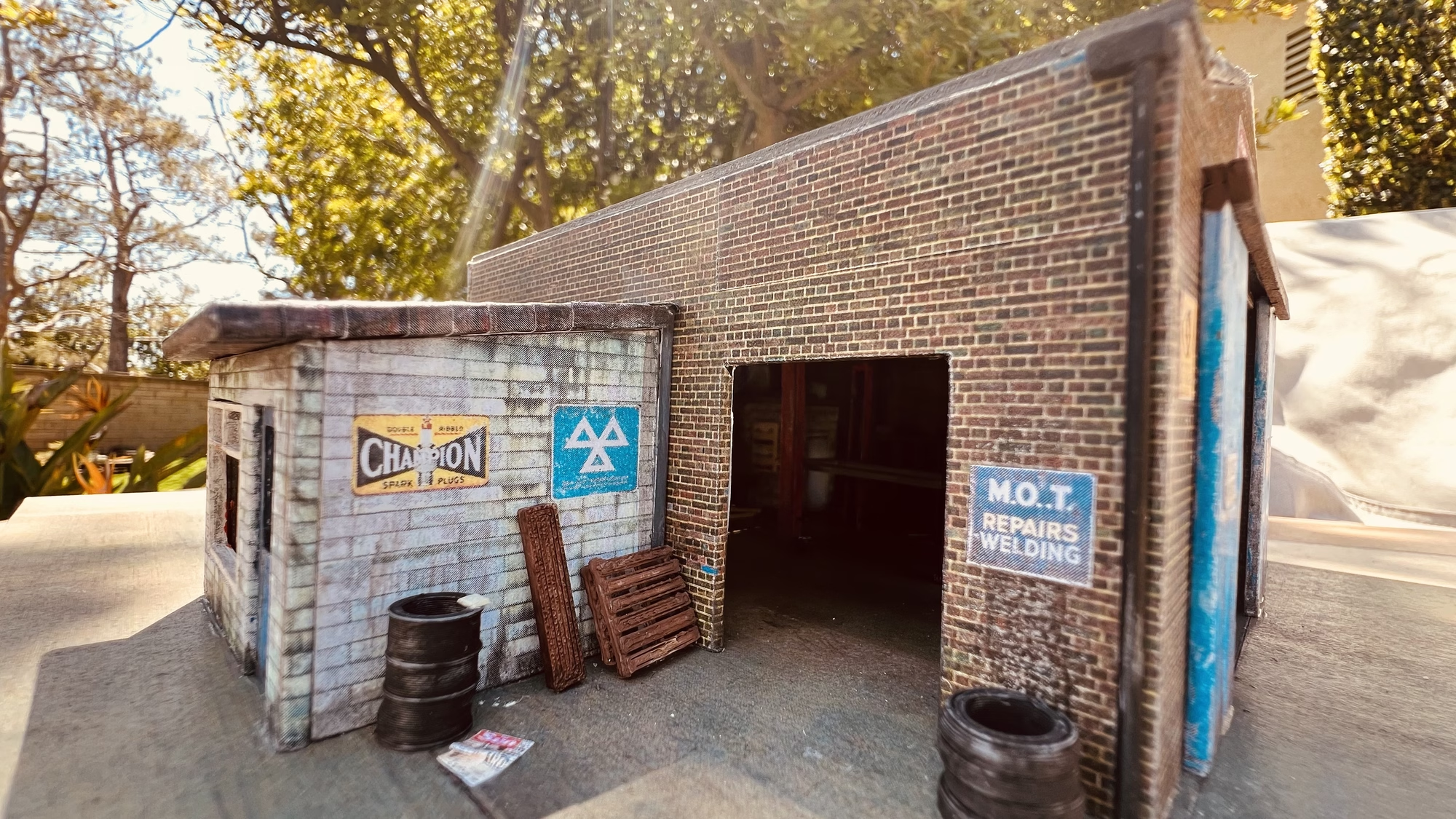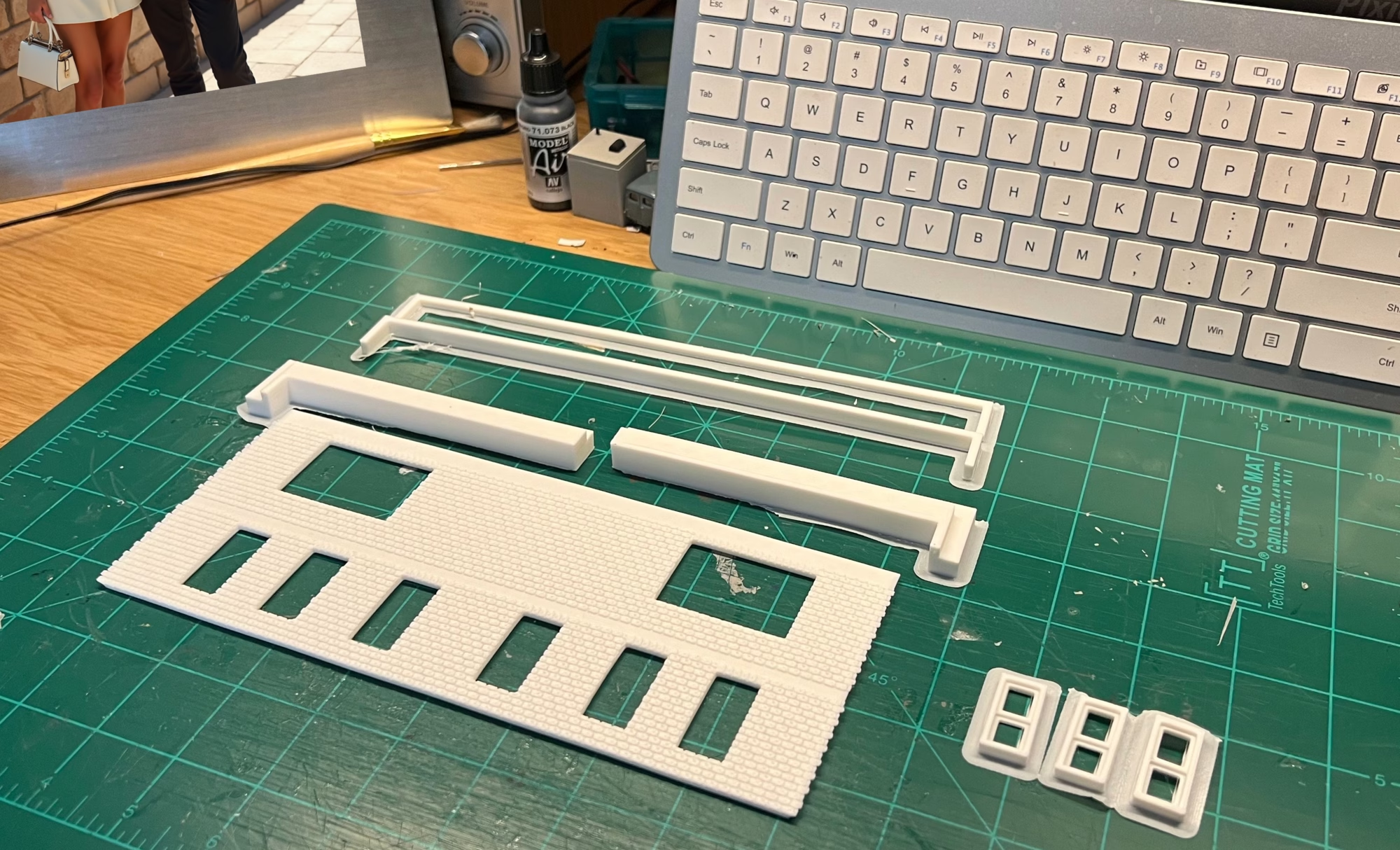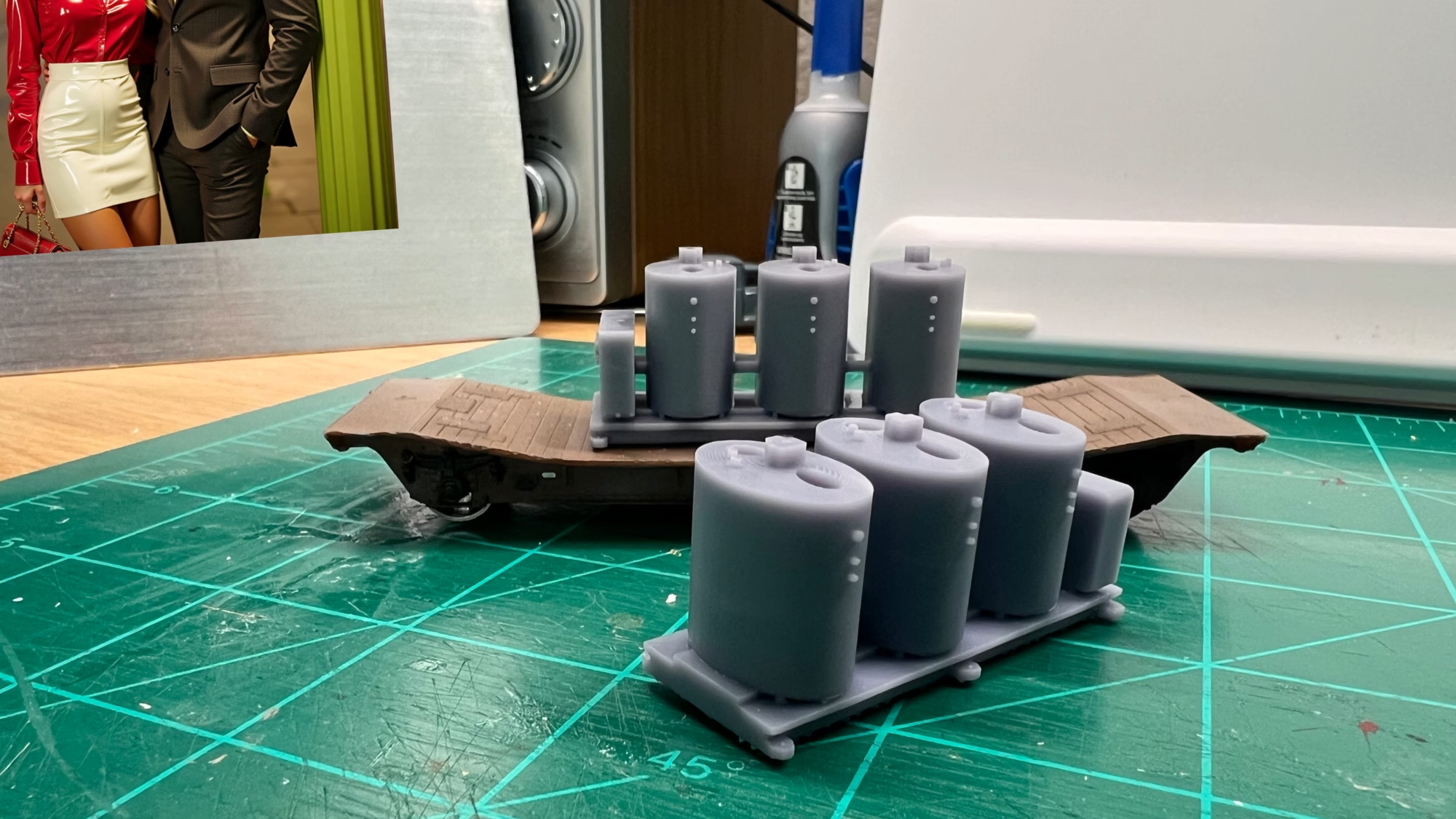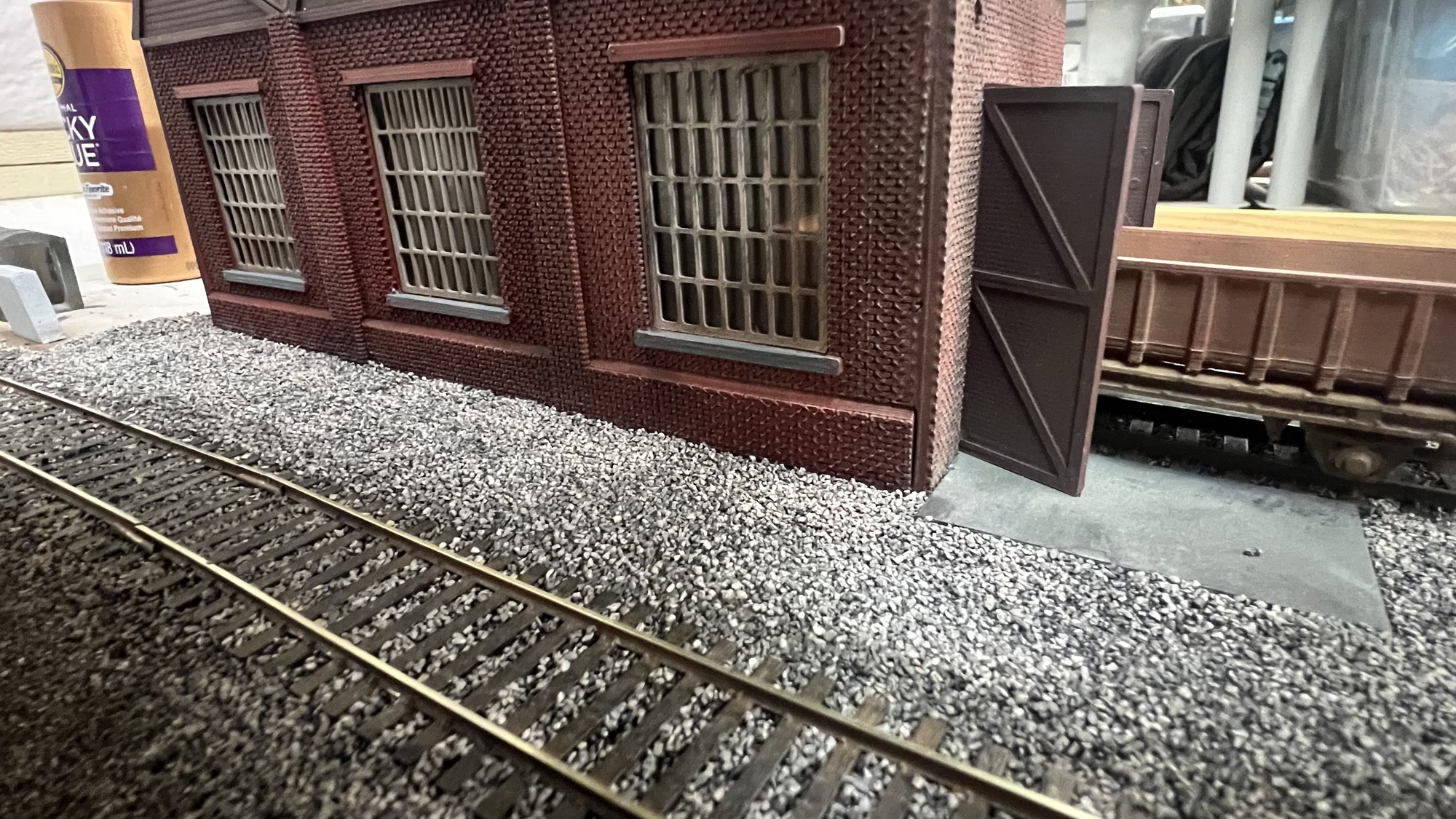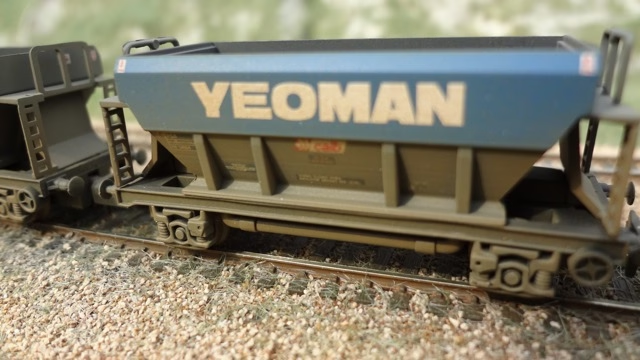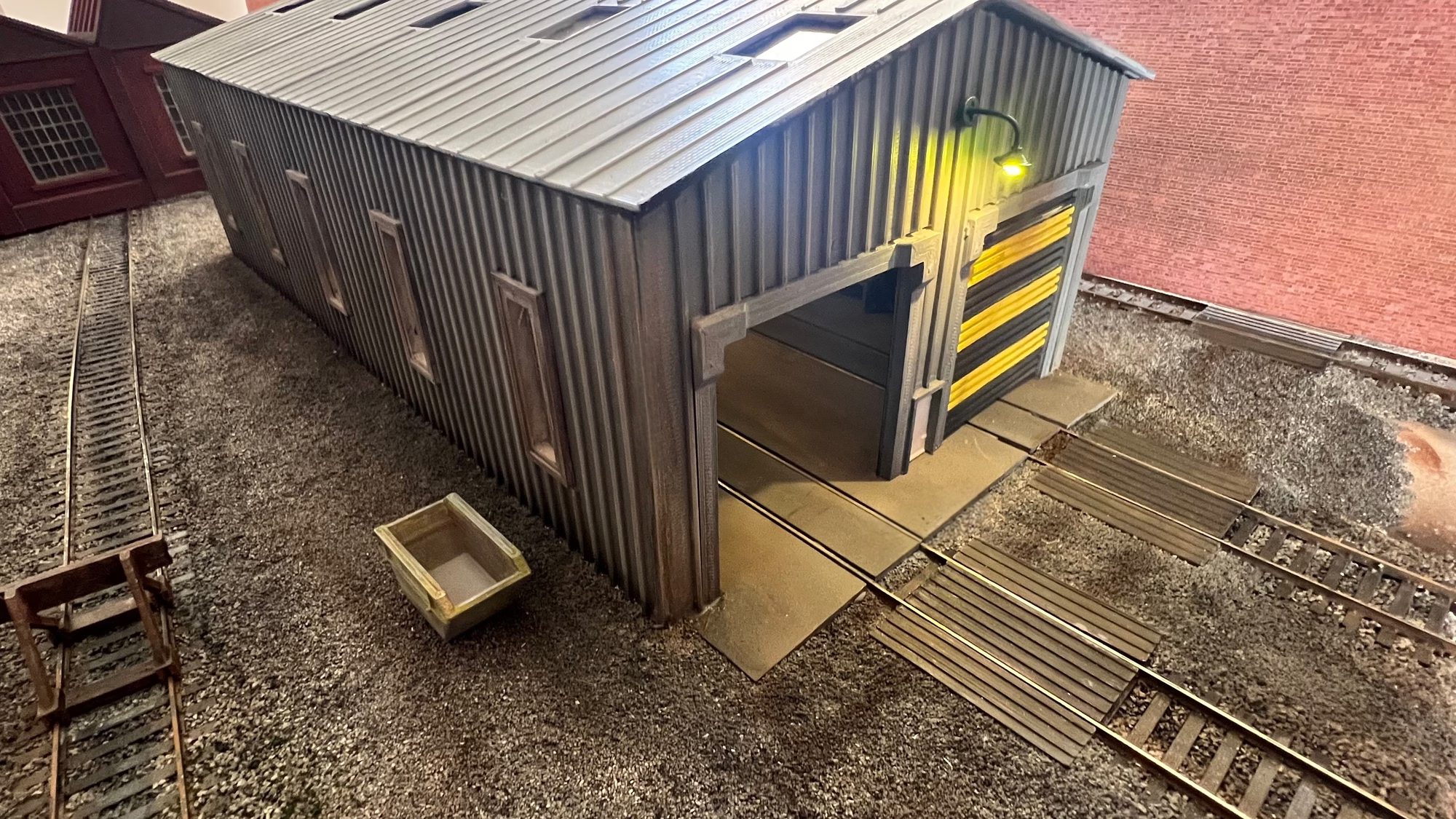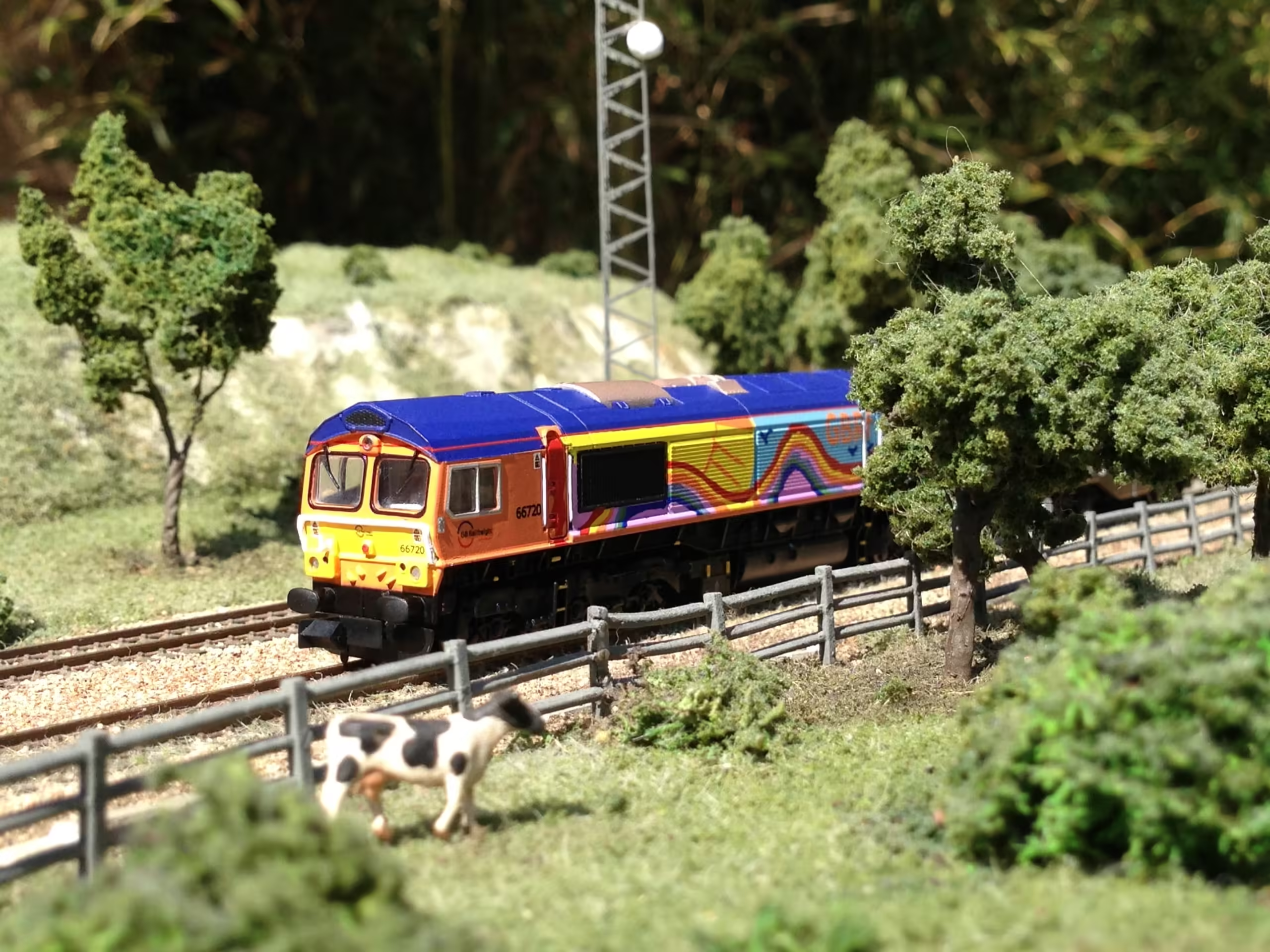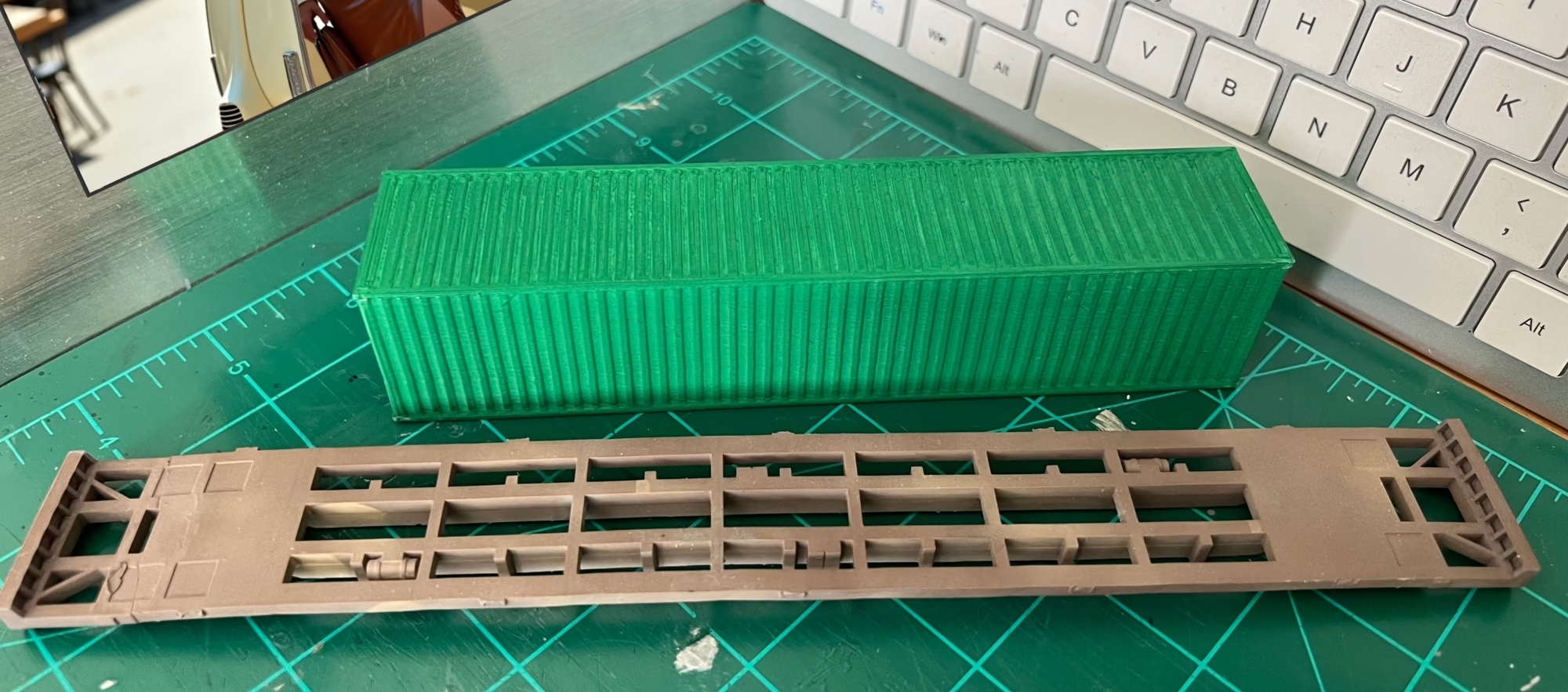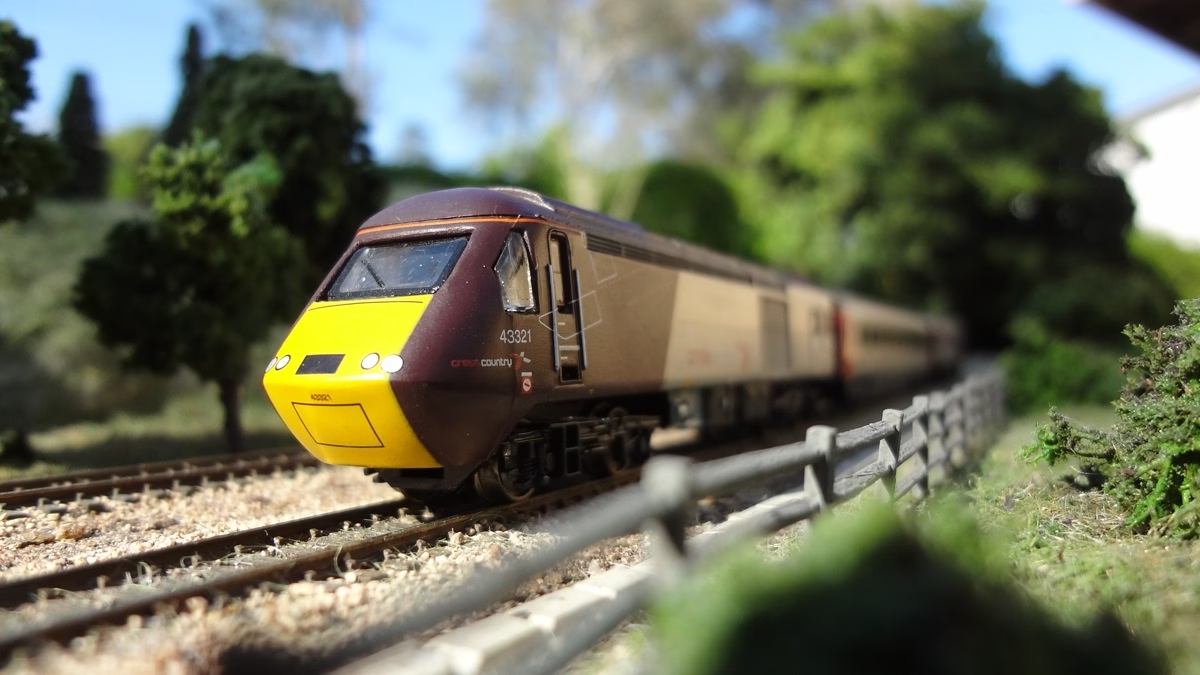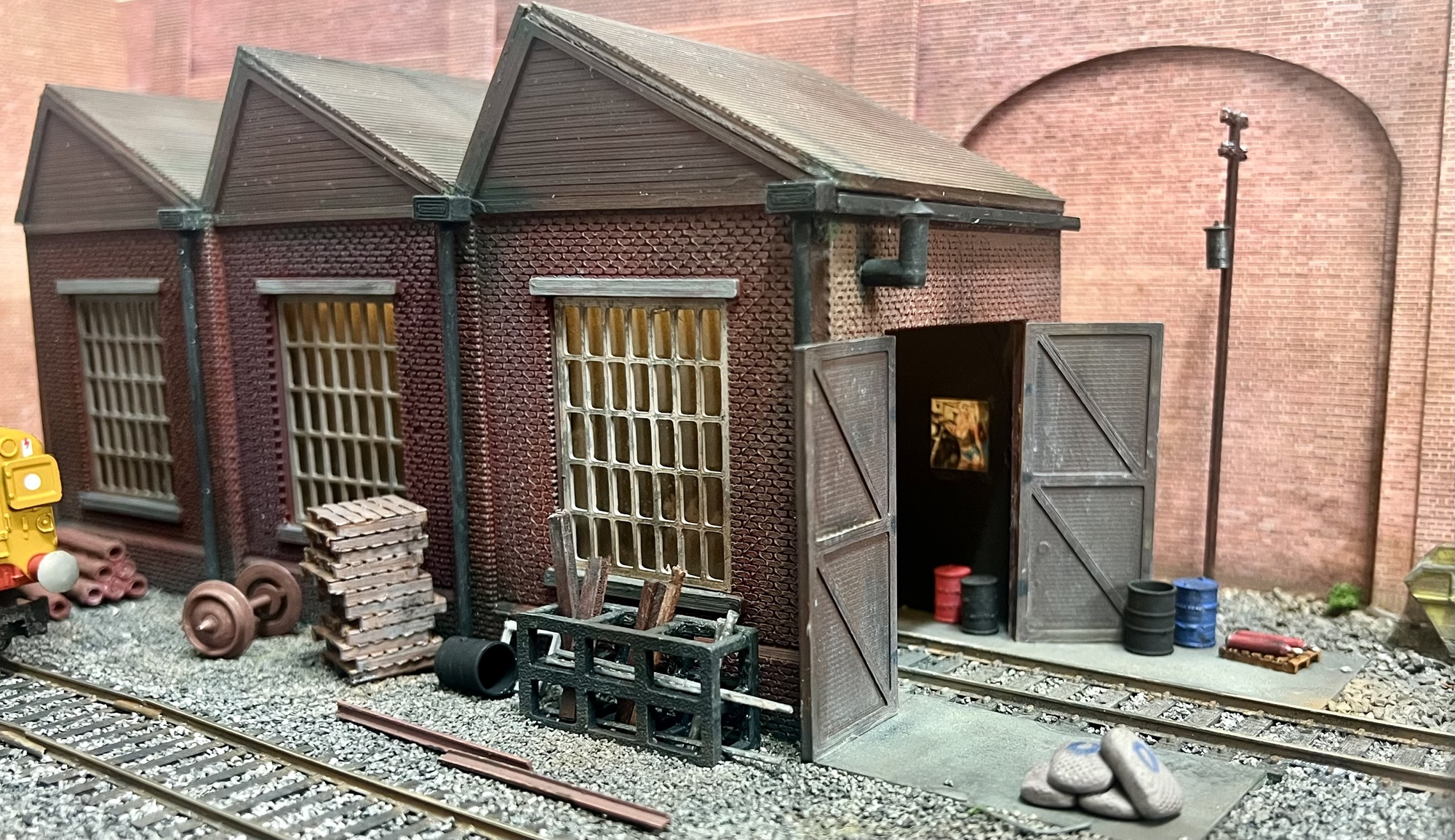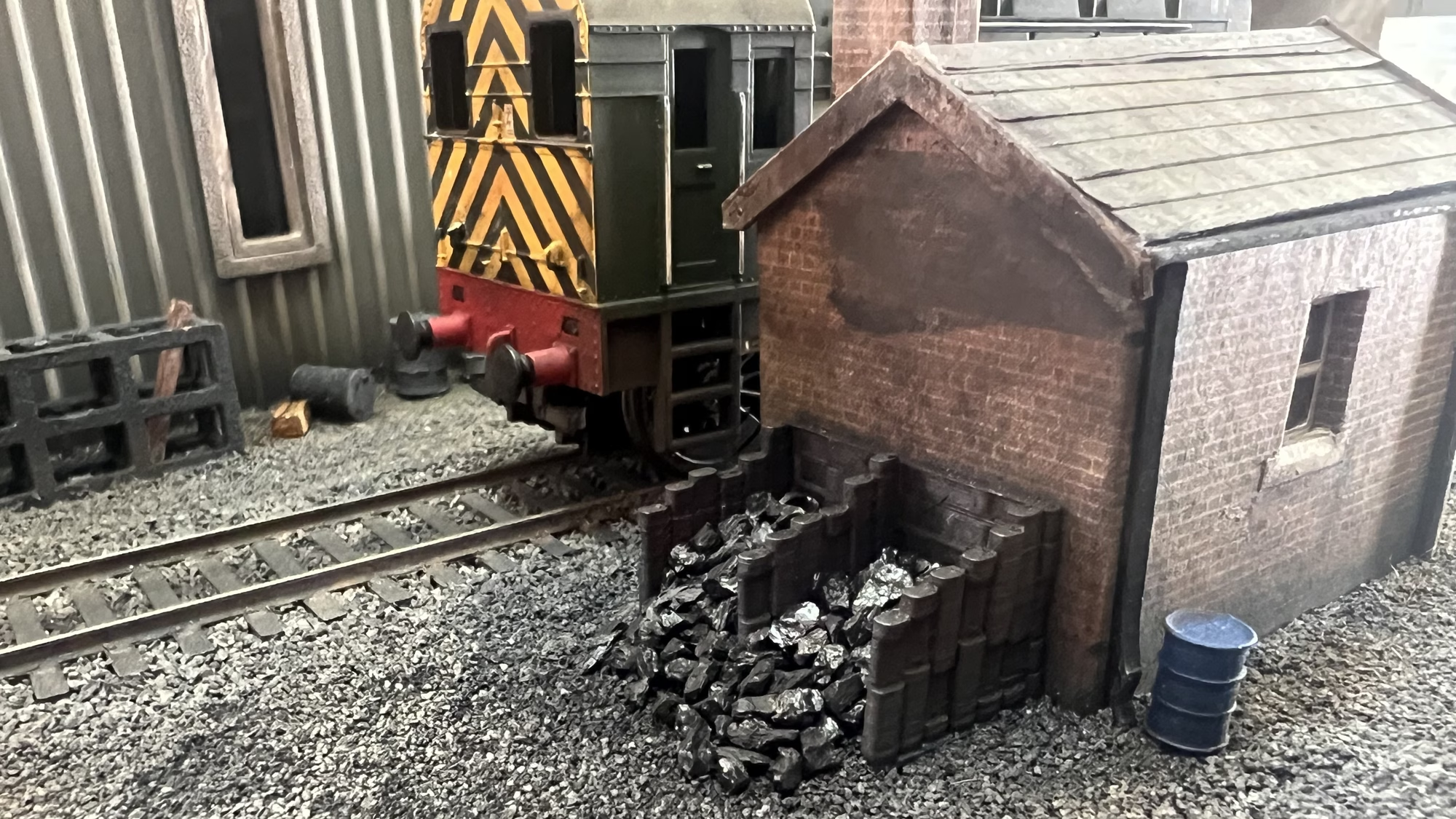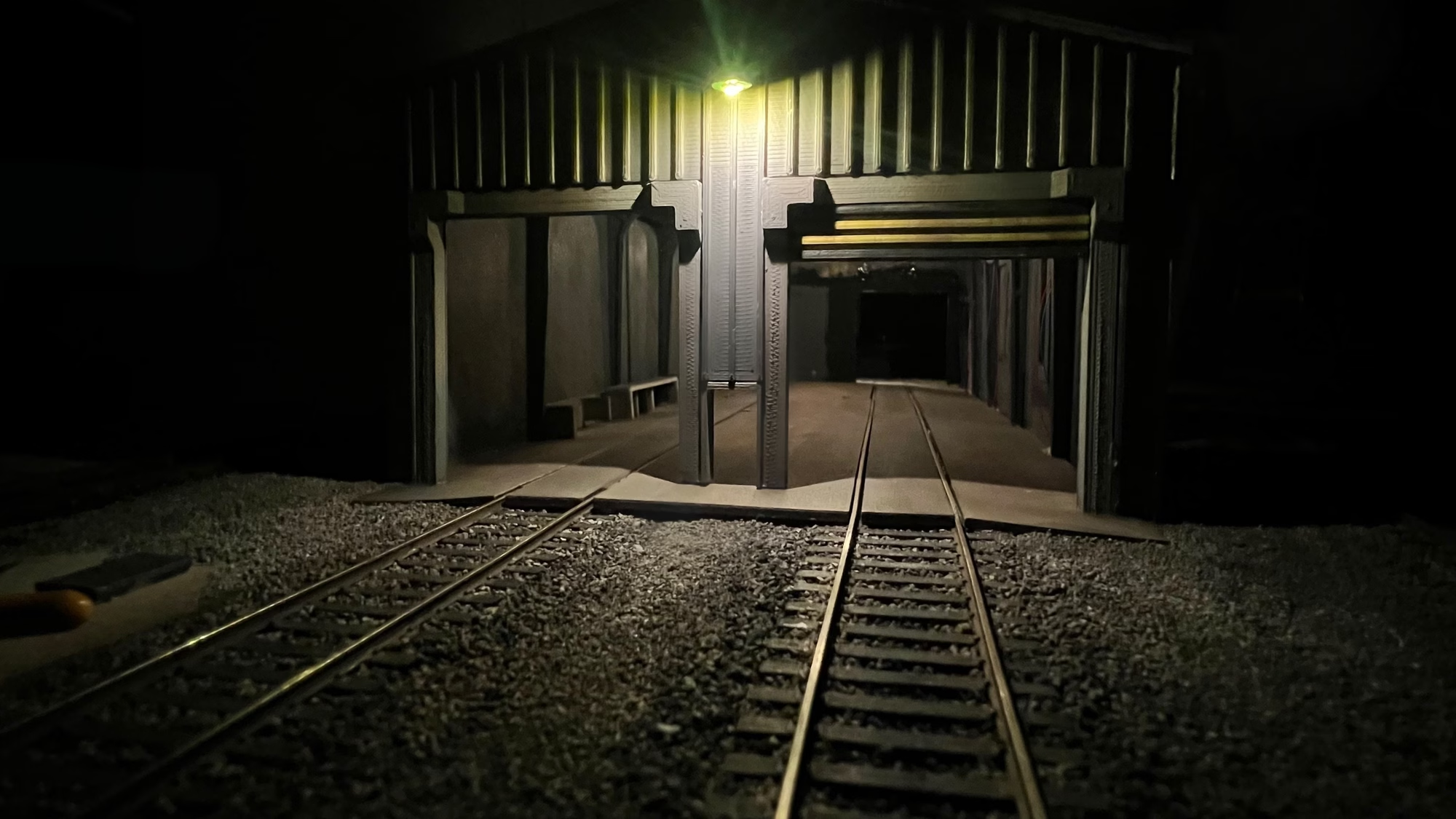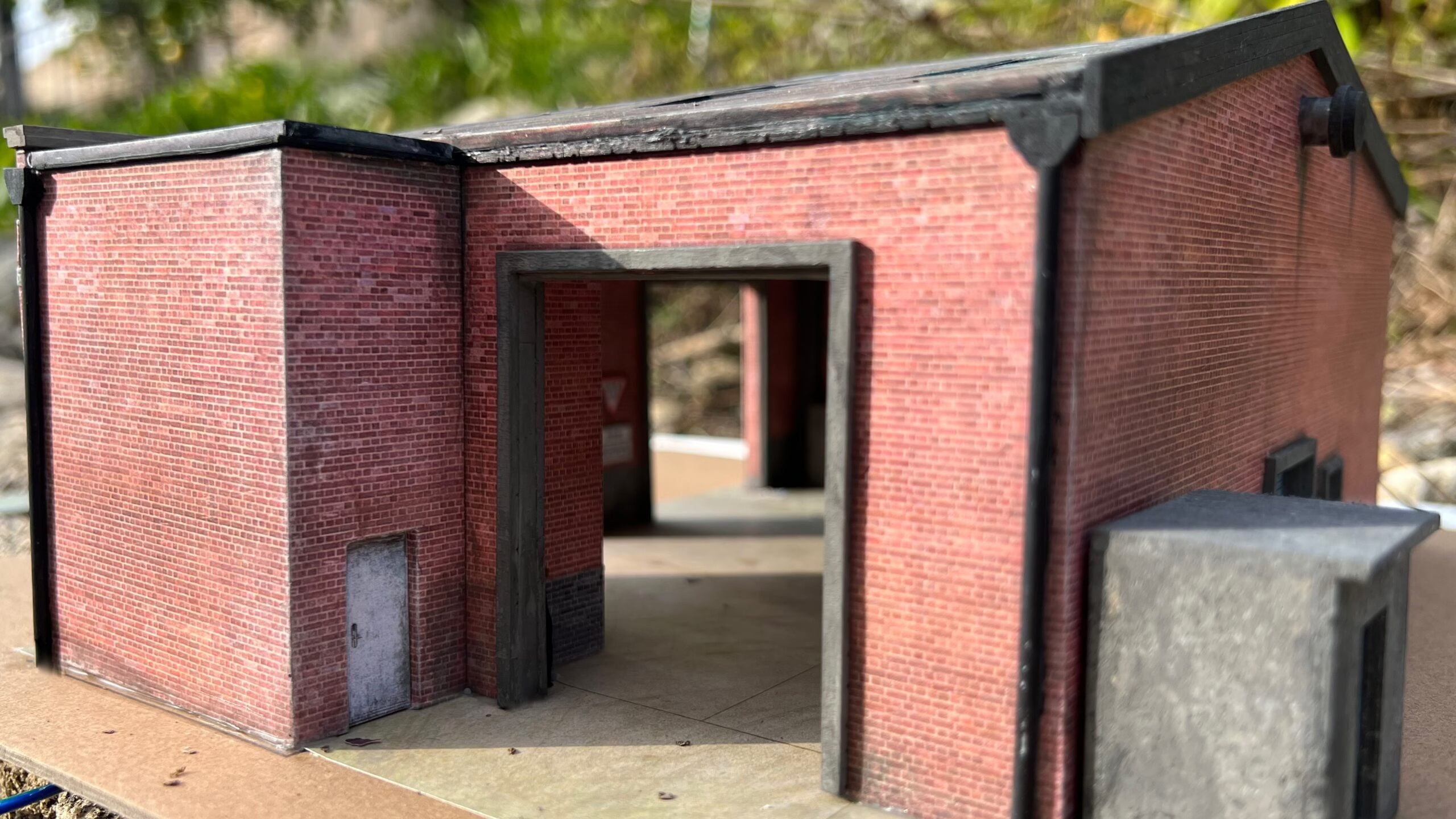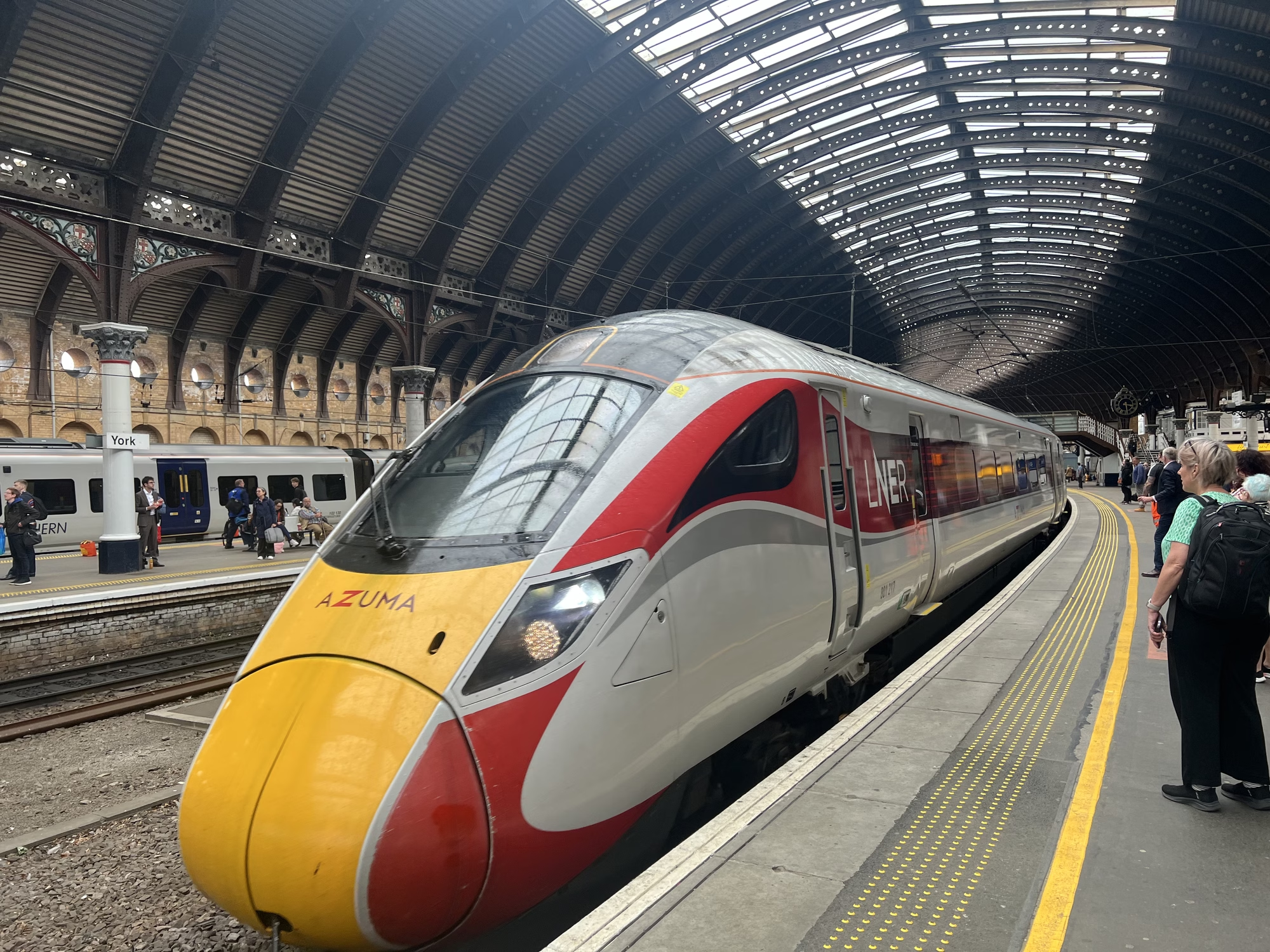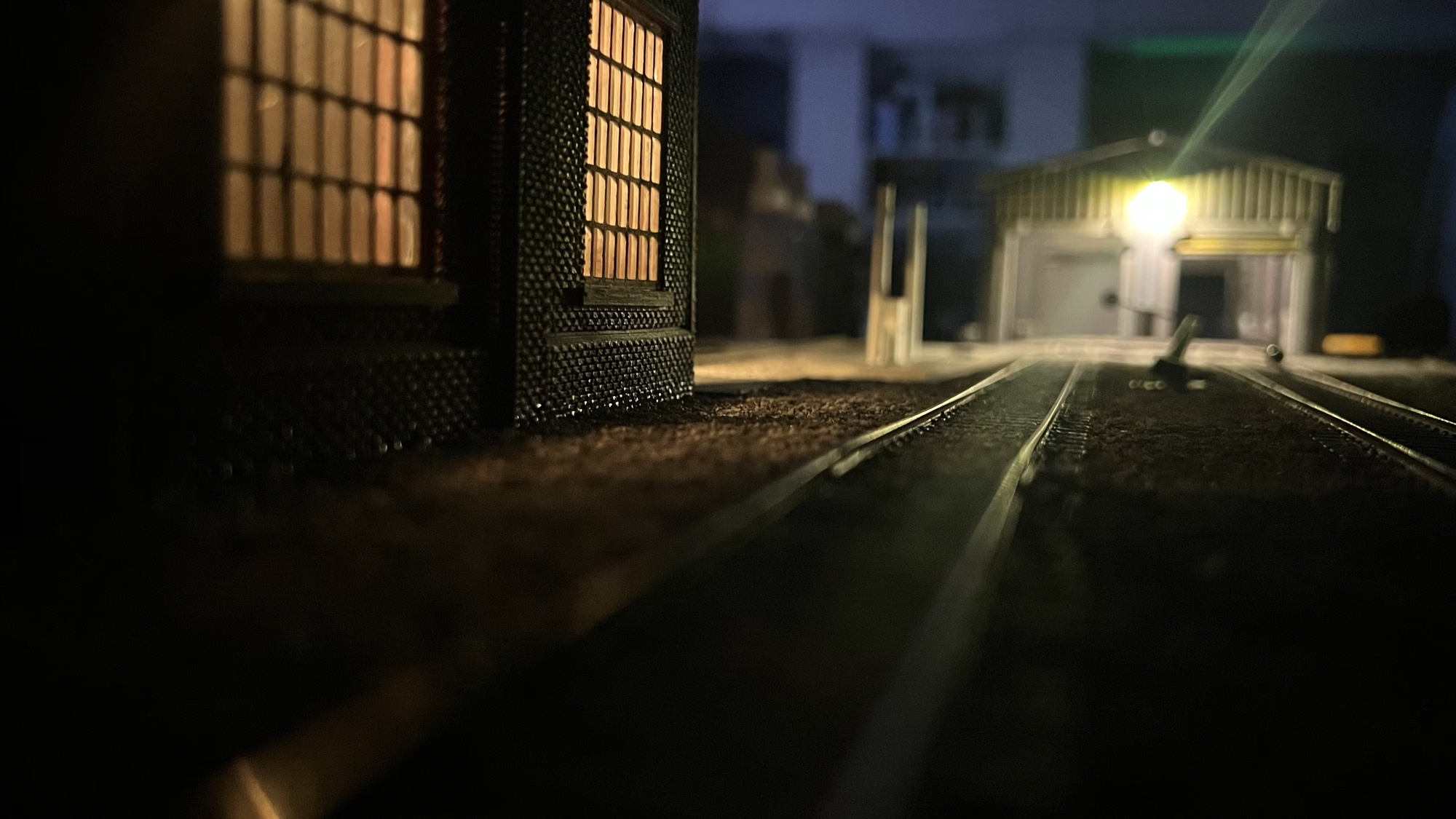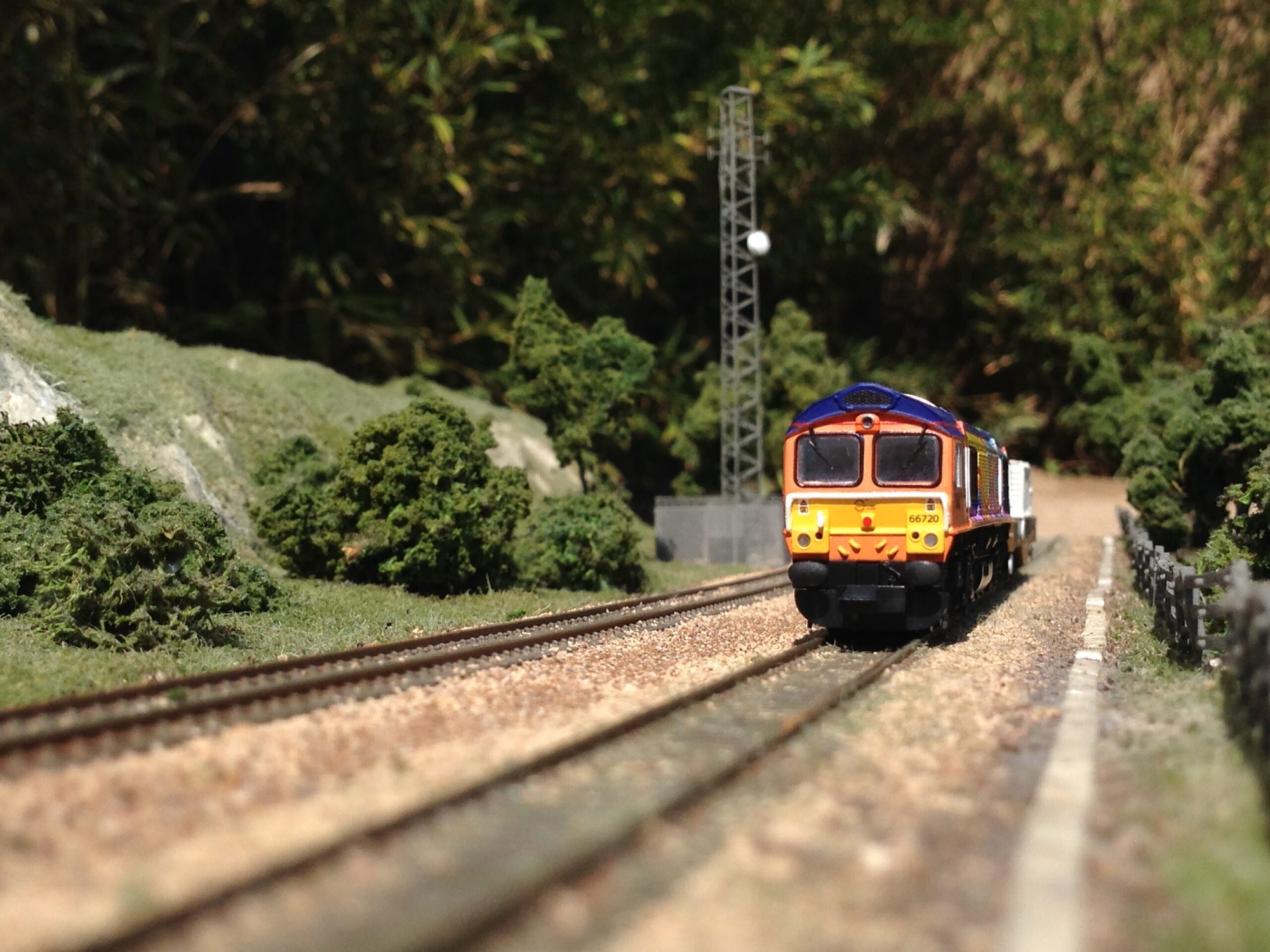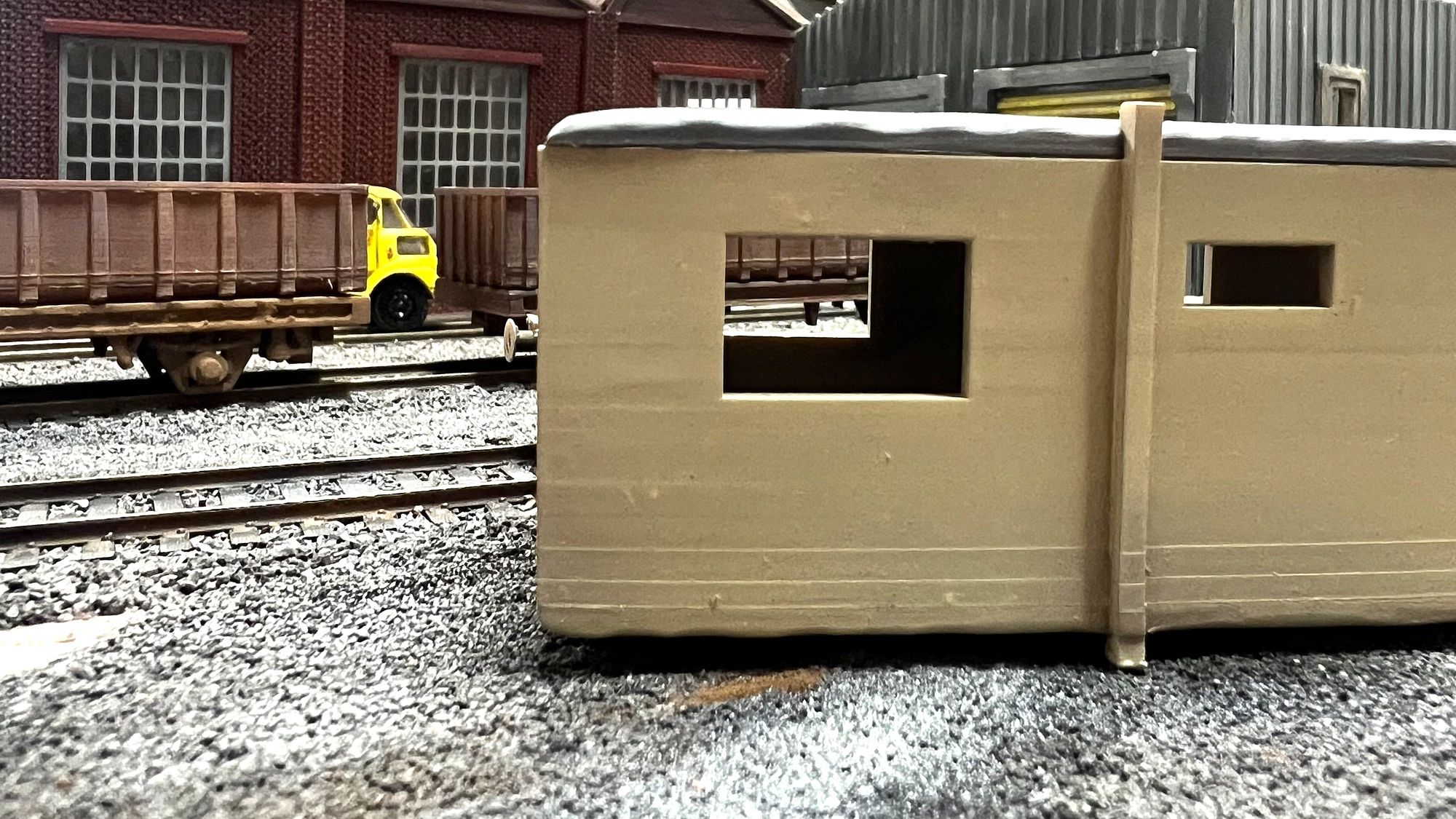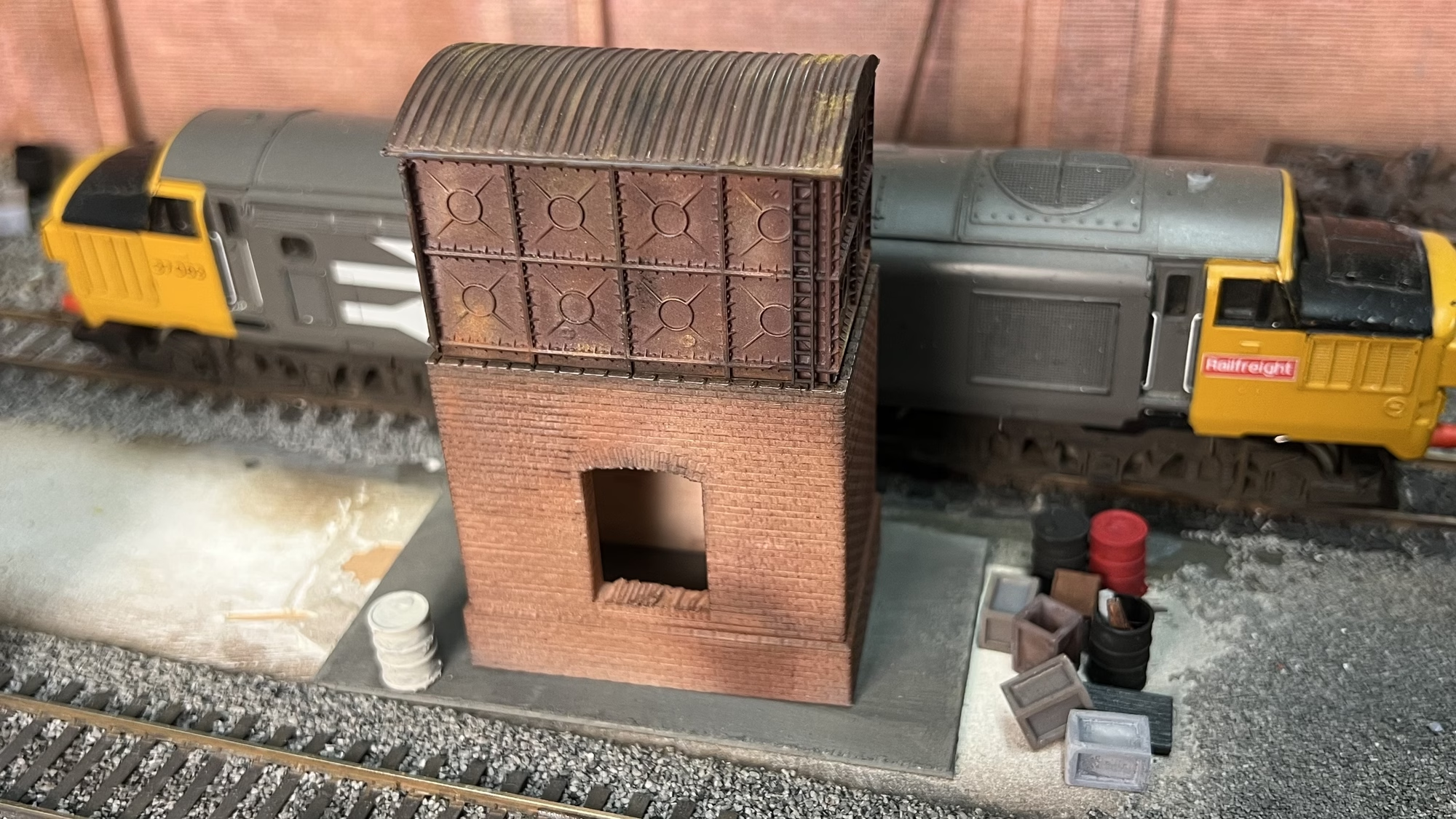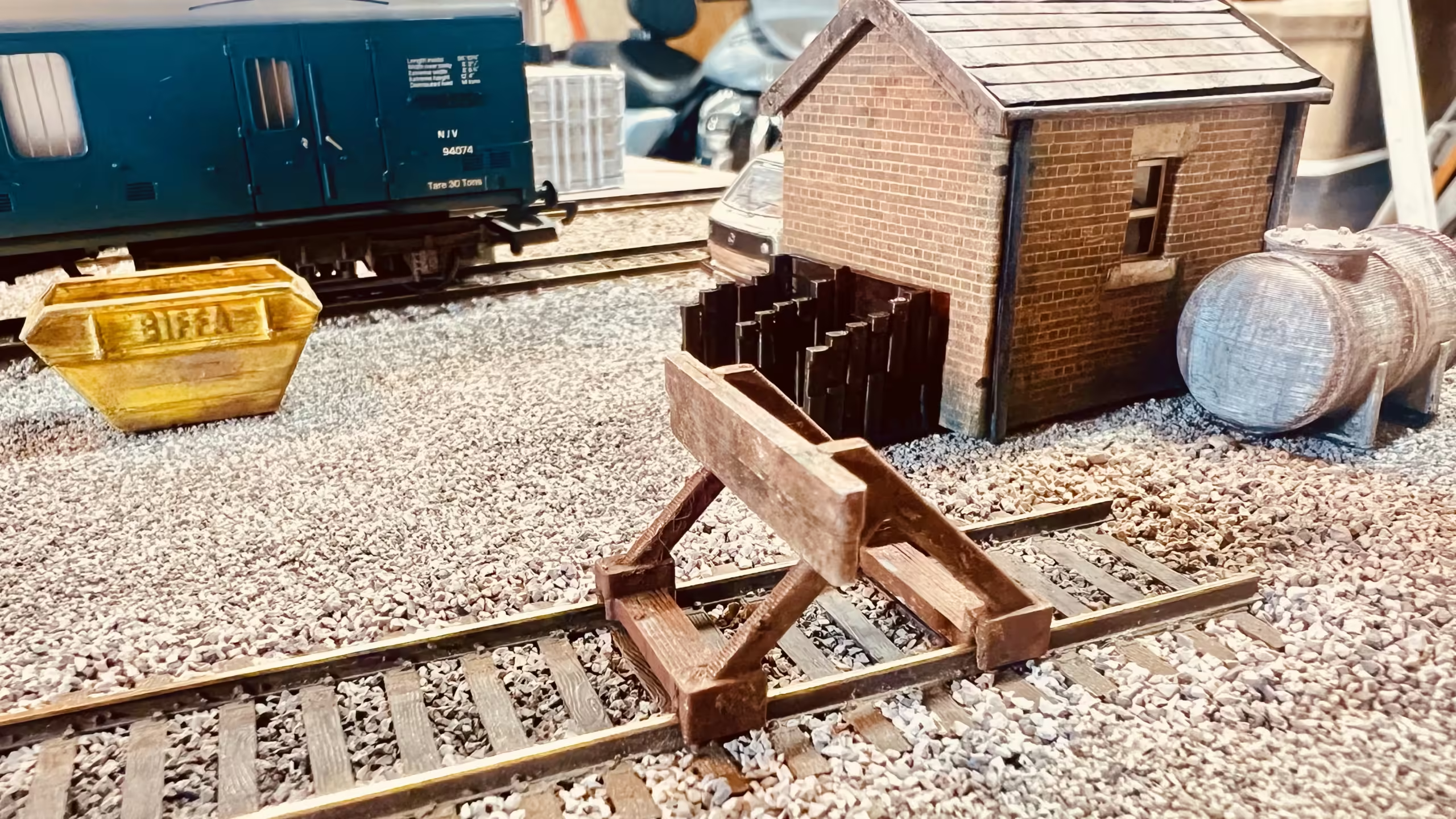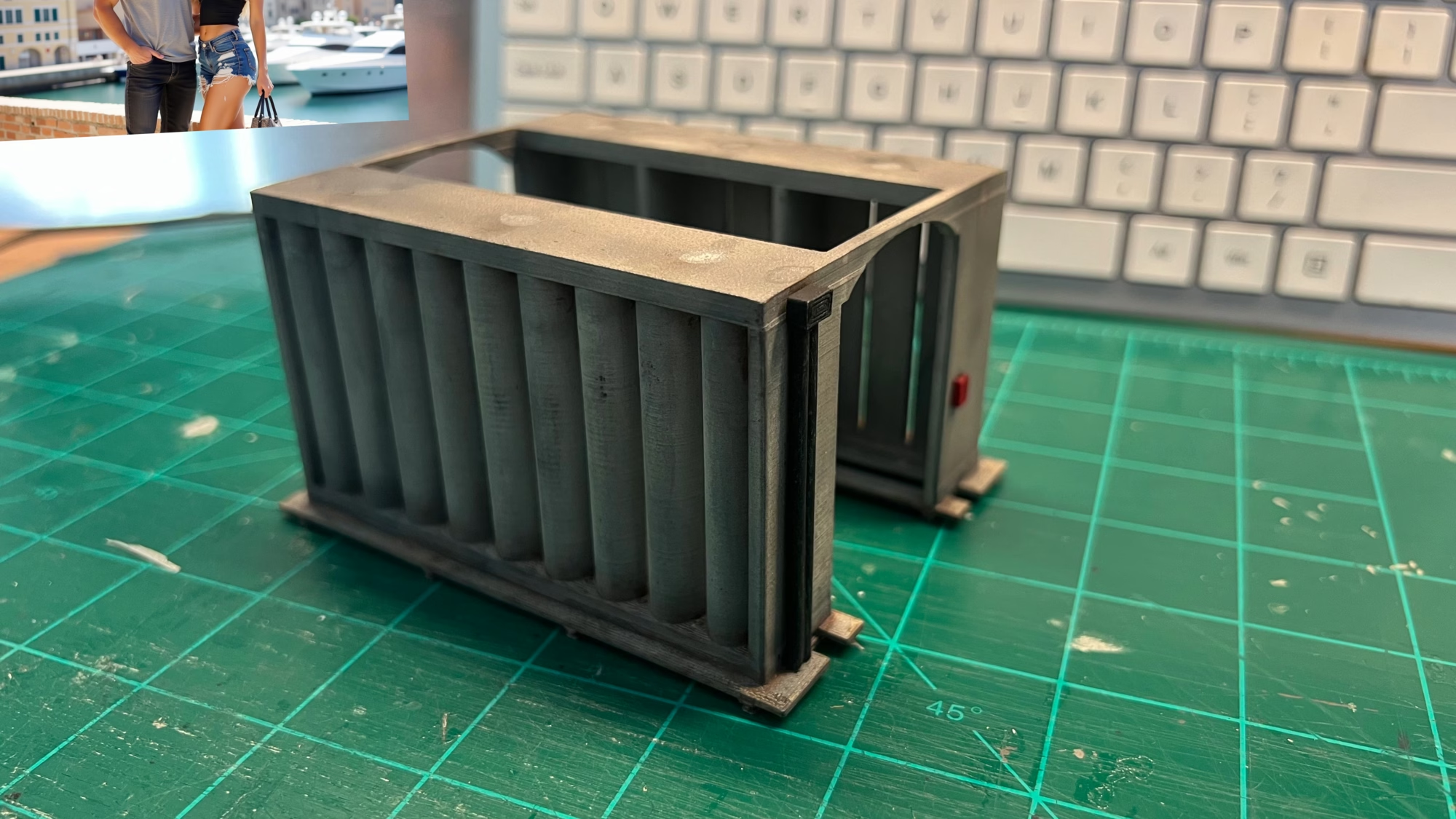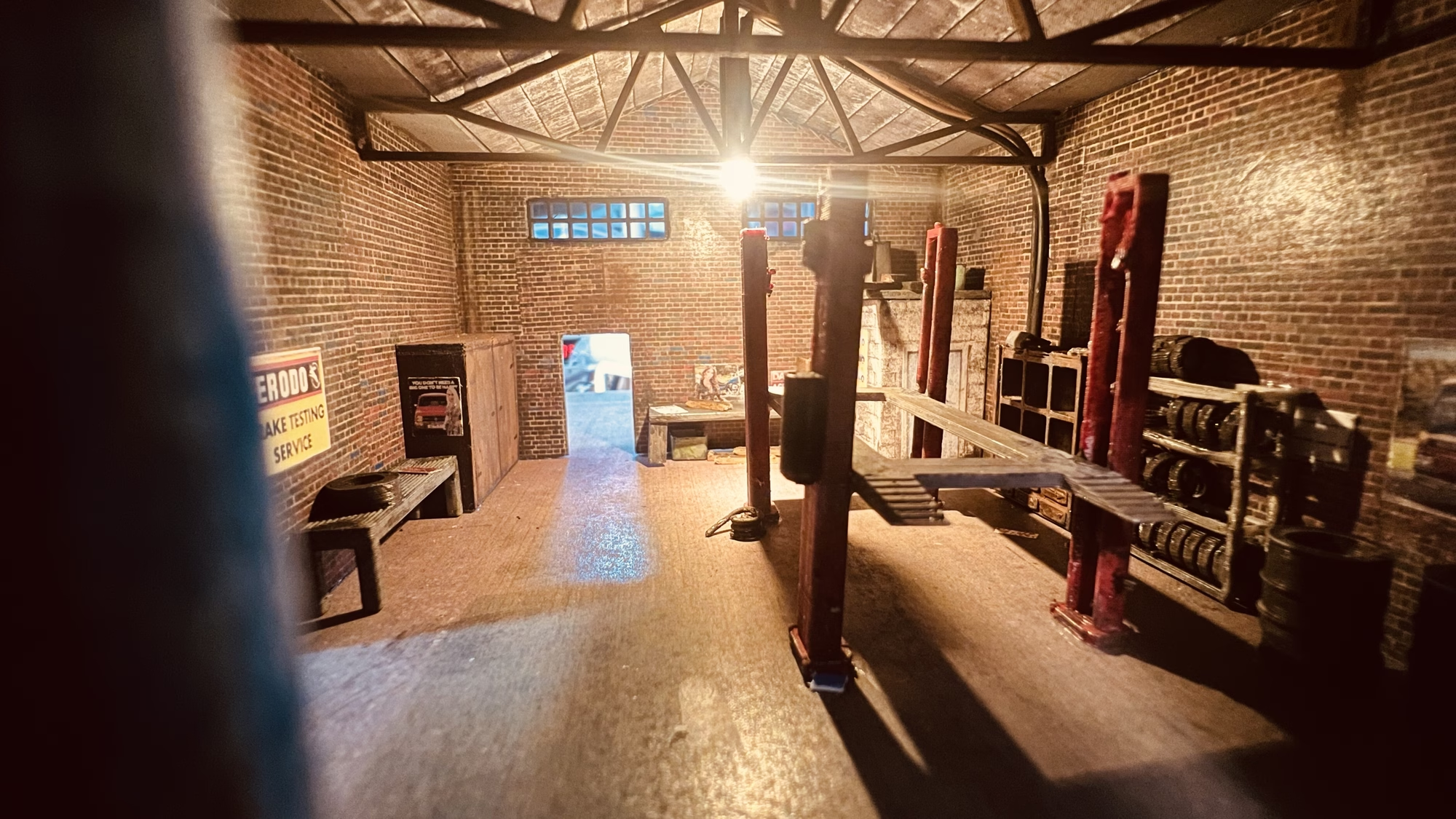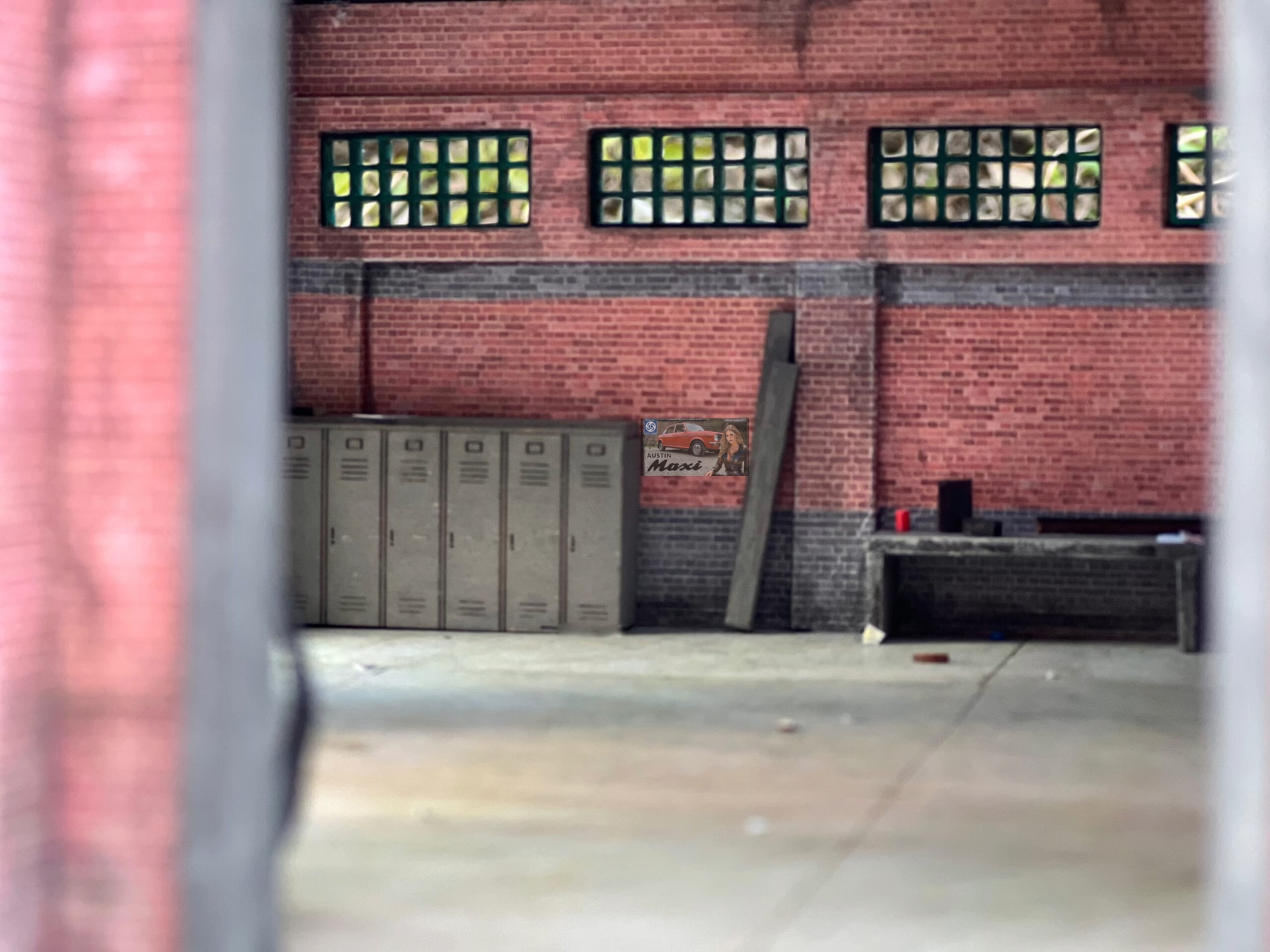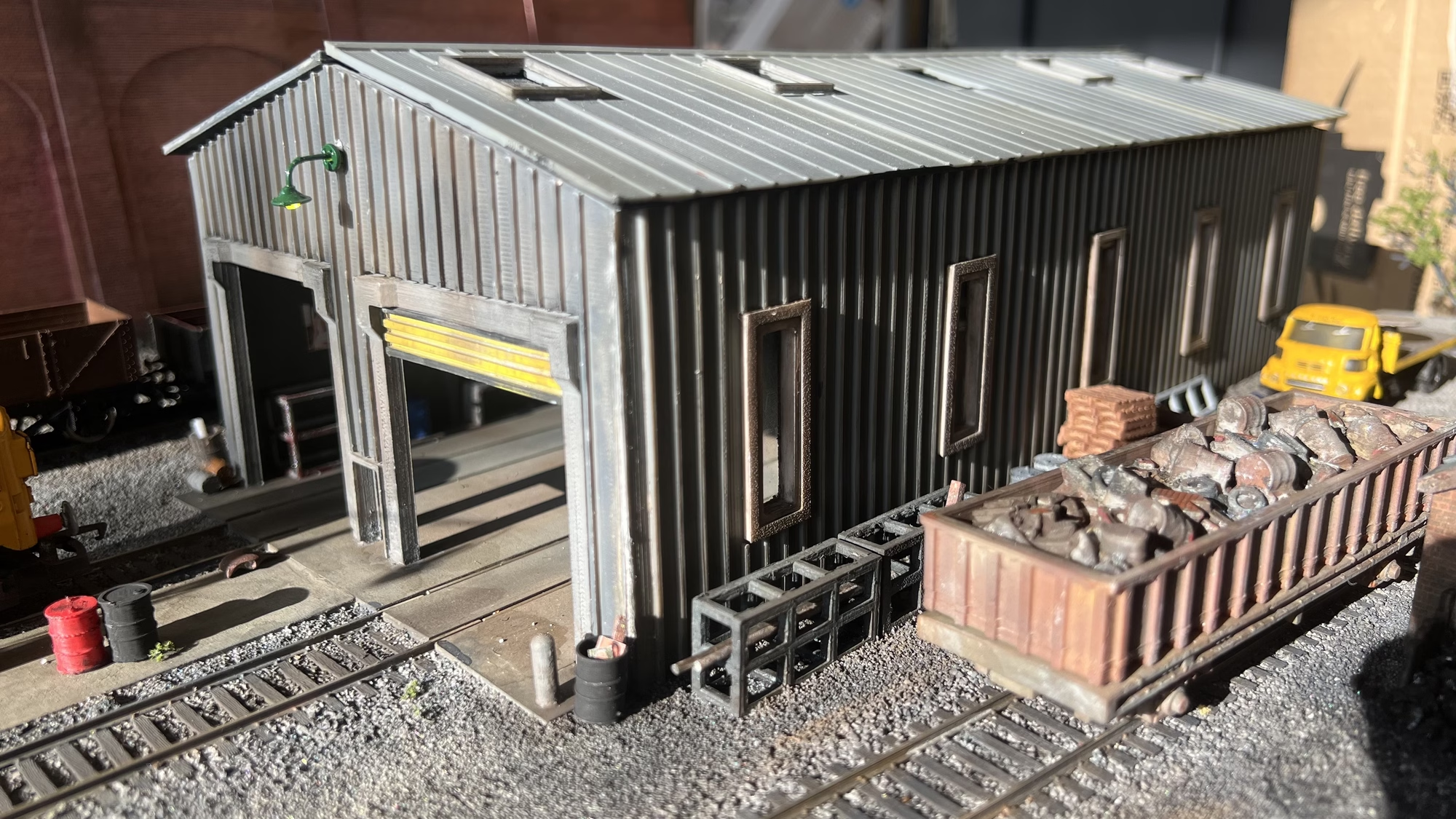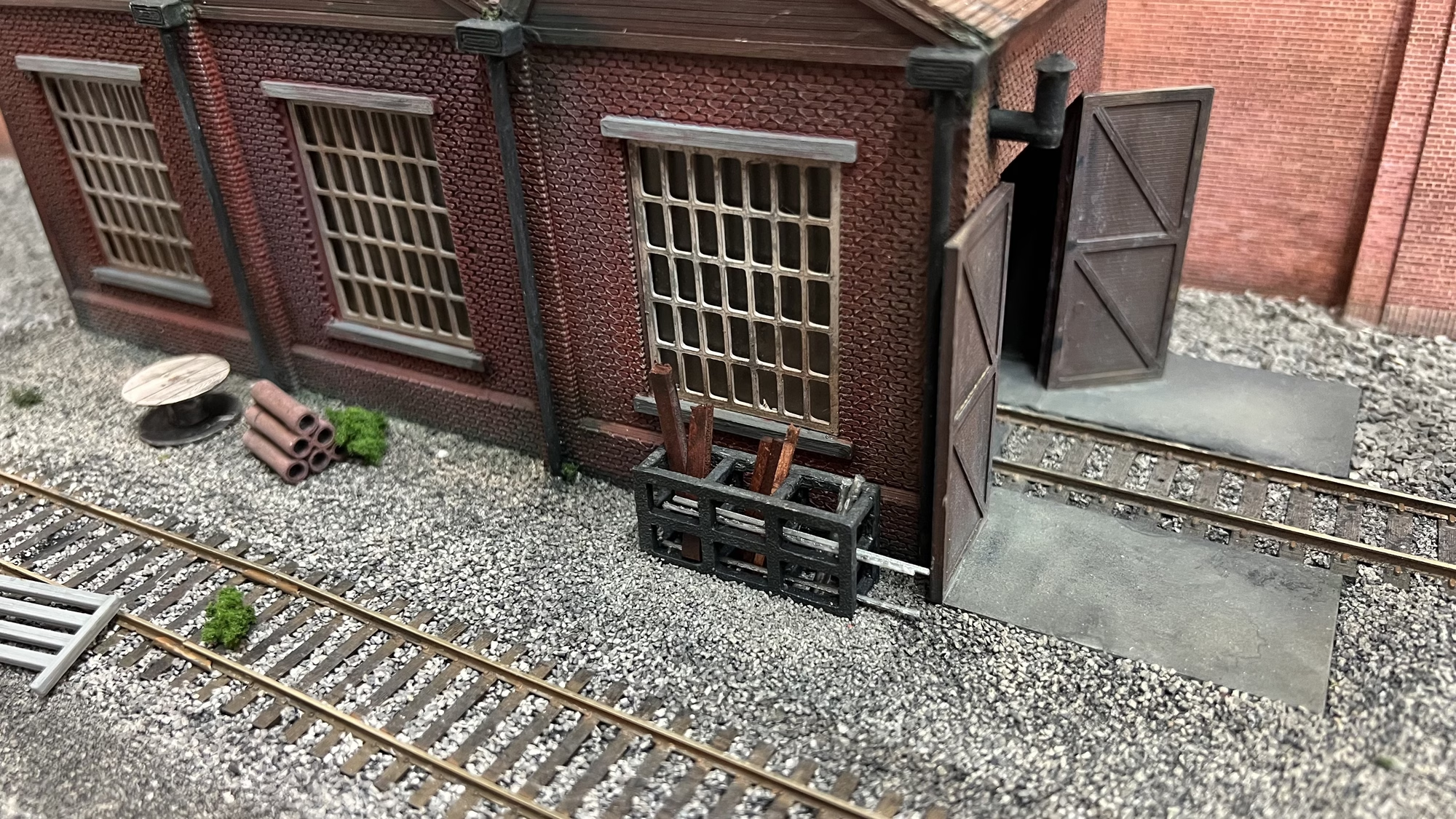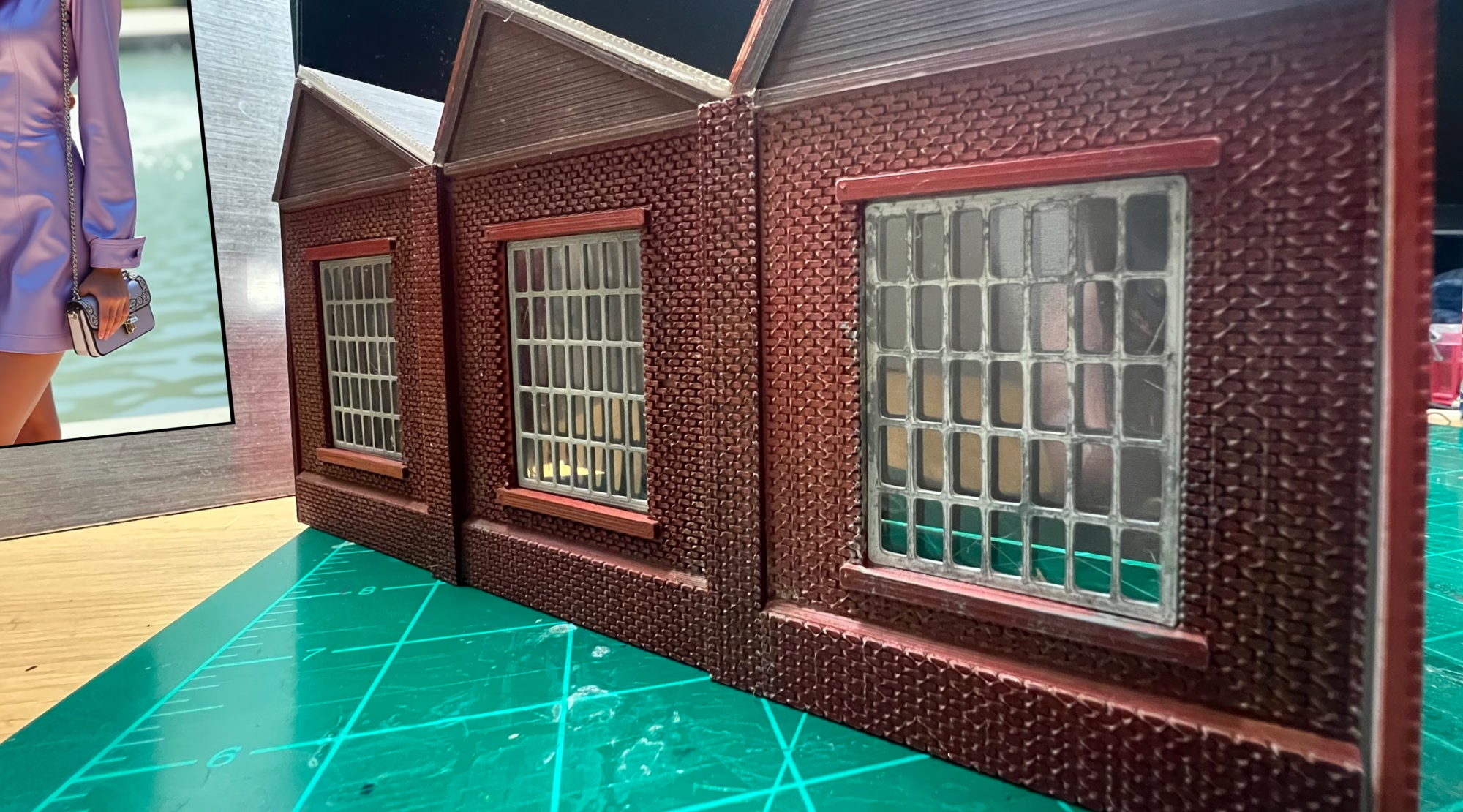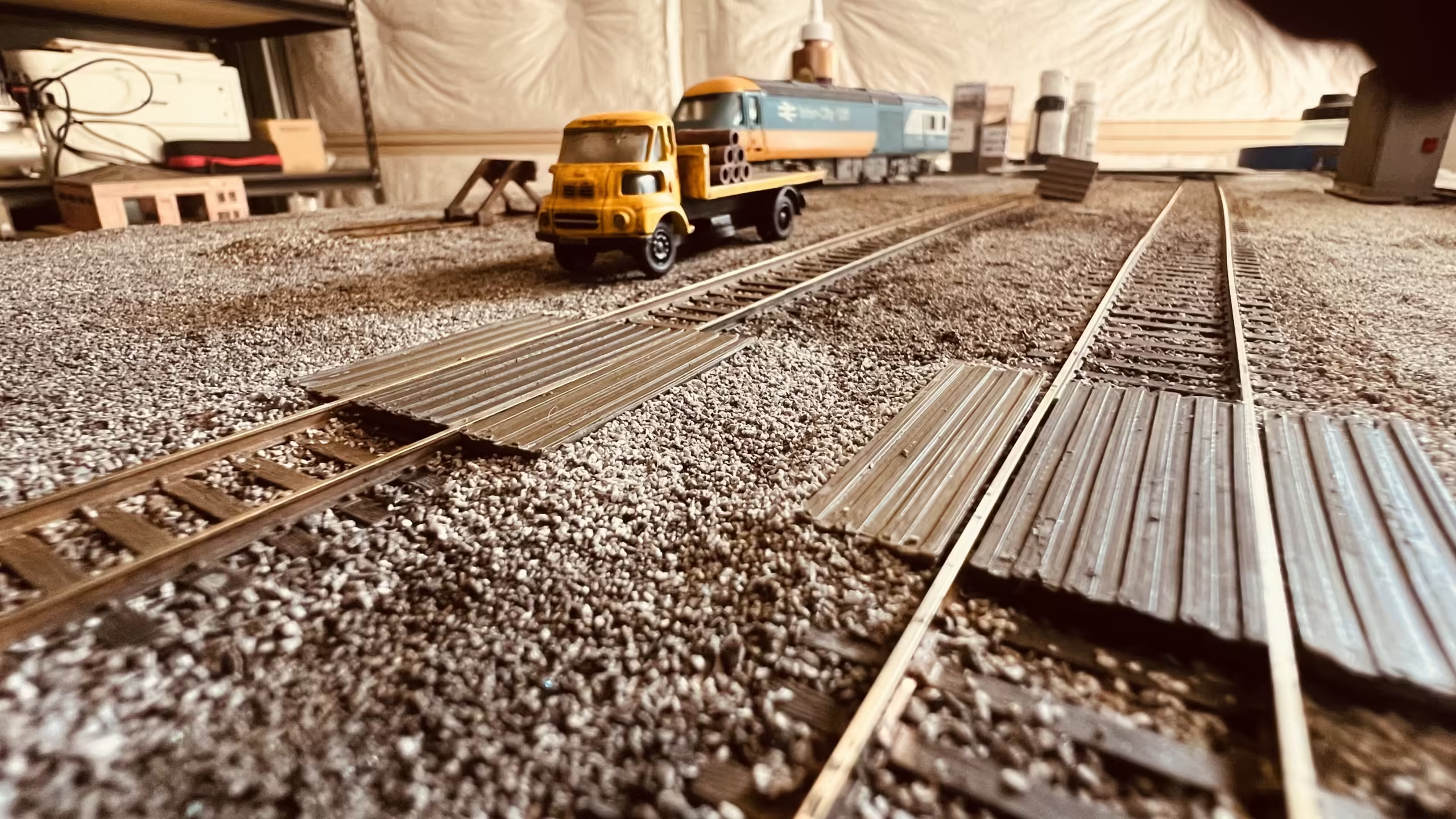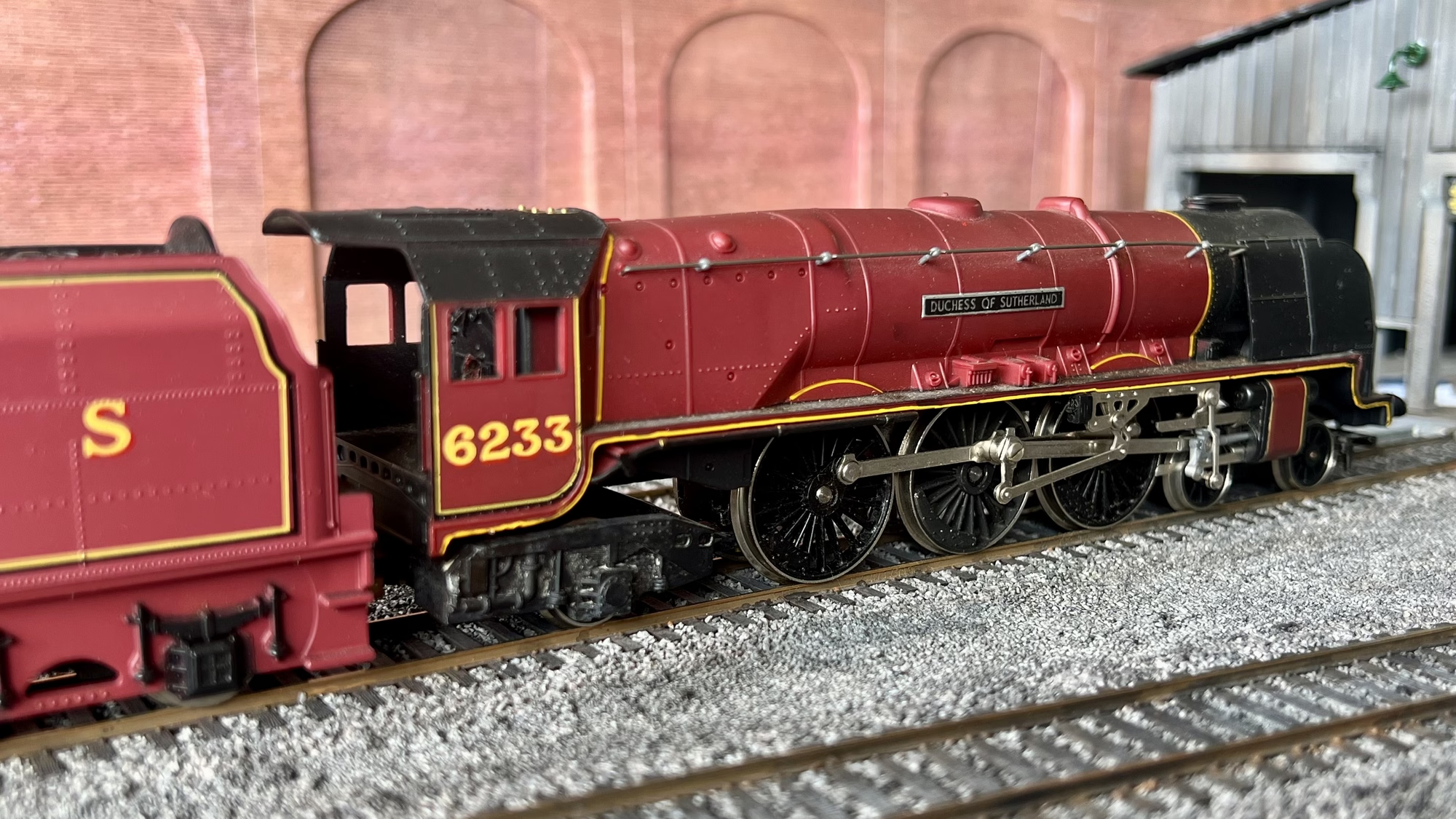The UK model railway eras system is a way of categorising the history of the British railways from 1804 to the present day, based on the major changes in the ownership, operation, and appearance of the railway system.
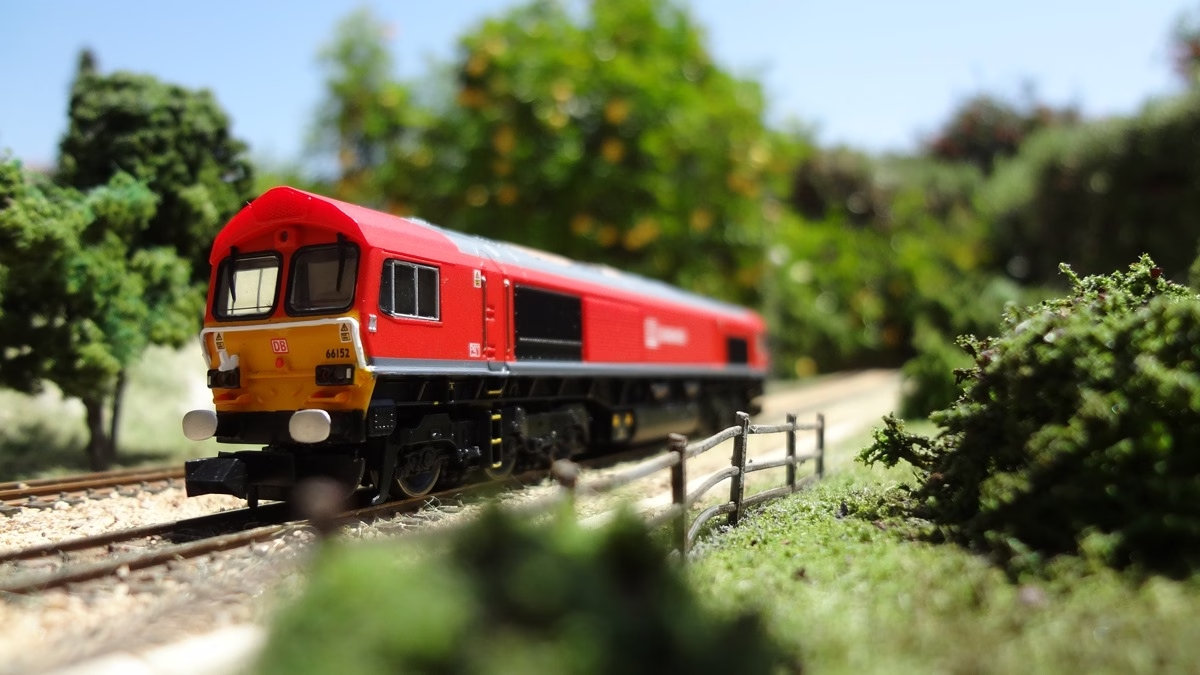
This Class 66 would be in the “Era 9” category
The eras system helps model railway enthusiasts to identify and select the models that are suitable for a certain time period or theme. The system was originally introduced by Bachmann, based on a similar system used by European model railway manufacturers, and has now been widely adopted by other manufacturers and retailers.
How does the Eras system work?
The system divides railway history into 11 eras, each with a name, a time range, and a definition. The eras are generally based on the significant milestones or events that affected the railway industry, such as nationalisation, privatisation, sectorisation, etc.
The eras are also marked by the changes in the liveries, logos, and numbering schemes of the locomotives and rolling stock. The table below shows the list of eras and their descriptions:

How should I use the system?
The eras system is useful for model railway enthusiasts who want to build a layout or a collection based on a specific time period or theme. For example, if someone wants to model the steam era of the Big Four companies, they can look for models that belong to era 3. If someone wants to model the modern high-speed trains, they can look for models that belong to era 10 or 11.
The system is also helpful for model railway manufacturers and retailers who want to label and market their products according to the time period they represent. For example, Bachmann uses a coloured logo on its product boxes to indicate the era of each model. Hornby uses a numerical code on its product descriptions to show the era of each model.
What are some limitations of the system?
The system is not a definitive or accurate representation of the railway’s history, but rather a general and simplified guide. There are many overlaps, exceptions, and variations that are not captured by the system. For example:
– Some locomotives and rolling stock ran for longer or shorter periods than their assigned eras or changed liveries or numbers during their service life.
– Some locomotives and rolling stock were transferred between different regions, sectors, or companies, or had different roles or functions.
– Some locomotives and rolling stock were preserved, restored, or modified by heritage railways or private owners, or were involved in special events or services.
– Some locomotives and rolling stock were unique, experimental, or prototype models that did not fit into any era or category.
Even with some limitations, the UK model railway eras system makes for an easy-to-follow guide to ensure you have the right rolling stock and locomotives for the period you’re modeling.
That is of course, if you want to do that. Rule number 1 applies.
It’s your model railway, you can do what you want.

